Duration of engagment
Short-Long (1 month to purchase carbon credits; 3+ years to create an L/JI with the ability to generate carbon credits)
Cost
Option 1: cost of carbon credit purchases from an L/JI ($-$$ depending on depth of company due diligence)
($$-$$$)
Option 2: cost of adding a carbon credit component to an L/JI
($$-$$$$ depending on the scale of company investment needed)
Option 3: cost of creating an L/JI designed to generate carbon credits
In the real world
Investing in Cambodia’s carbon-rich forest credits
In the threatened forest region of Cambodia’s Eastern Plains Landscape, H&M partnered with WWF to launch the Supply Chain and Landscape approach (SCALE). The goal is to create a landscape investment program using REDD+ credits generated at the landscape scale to transform the textile industry and energy supply chains, thus bringing multiple benefits to the forest and the region’s stakeholders.
Key points for companies
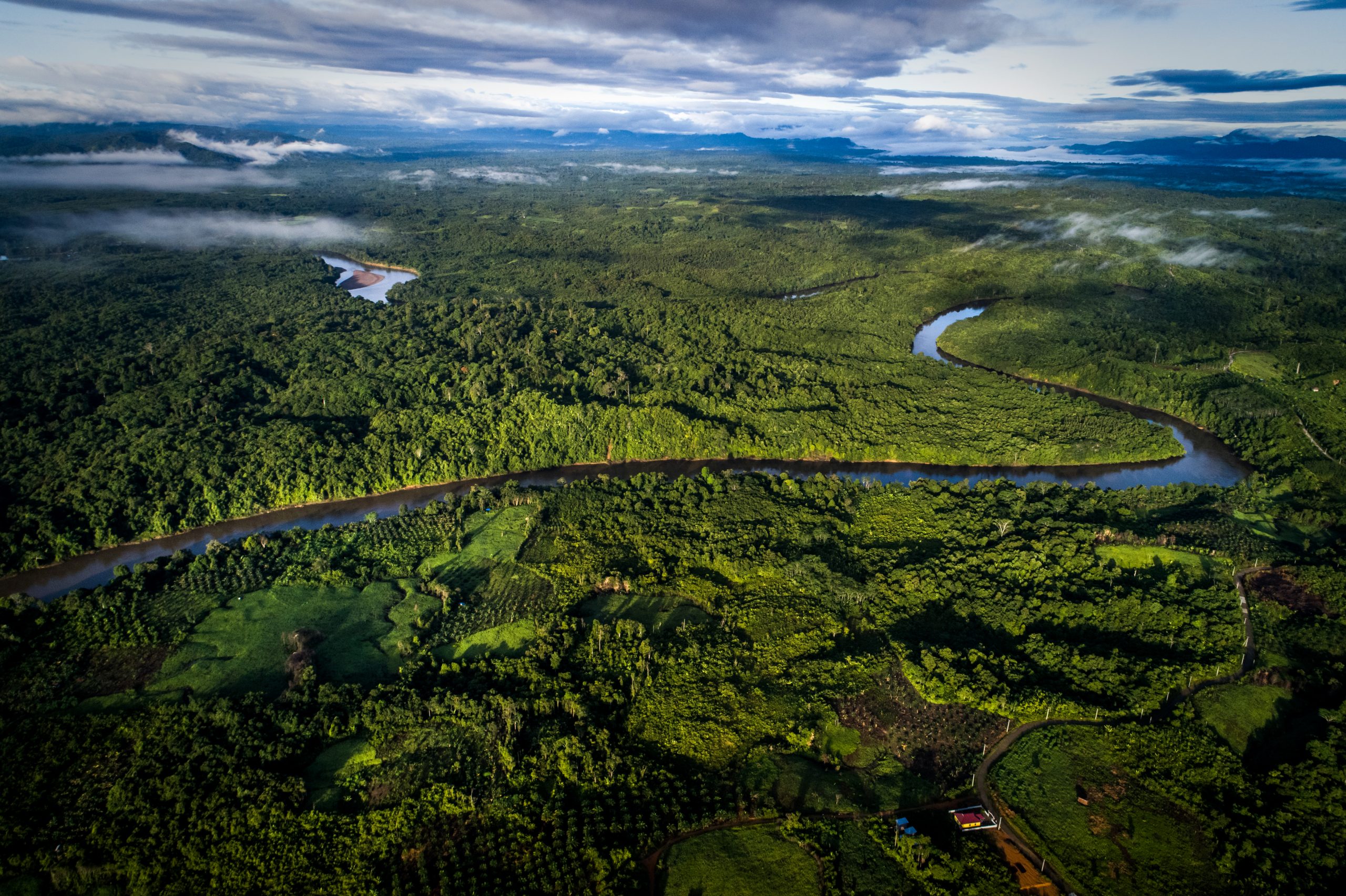
The global REDD+ framework rewards countries that reduce deforestation and enhance forest carbon sinks. It includes a mechanism for results-based payments to national and sub-national governments, communities, and private investors. The architecture for providing these payments is complex and evolving. However, sub-national jurisdictional initiatives are a particularly promising focus for REDD+ investment and carbon credits because they combine government involvement and oversight with supply chain and community actions to stop deforestation and may generate payments for all these actors. For carbon finance investors, L/JIs may offer economies of scale relative to individual, site-specific projects within a jurisdiction, while also enabling private investment more readily than national-scale government programs.
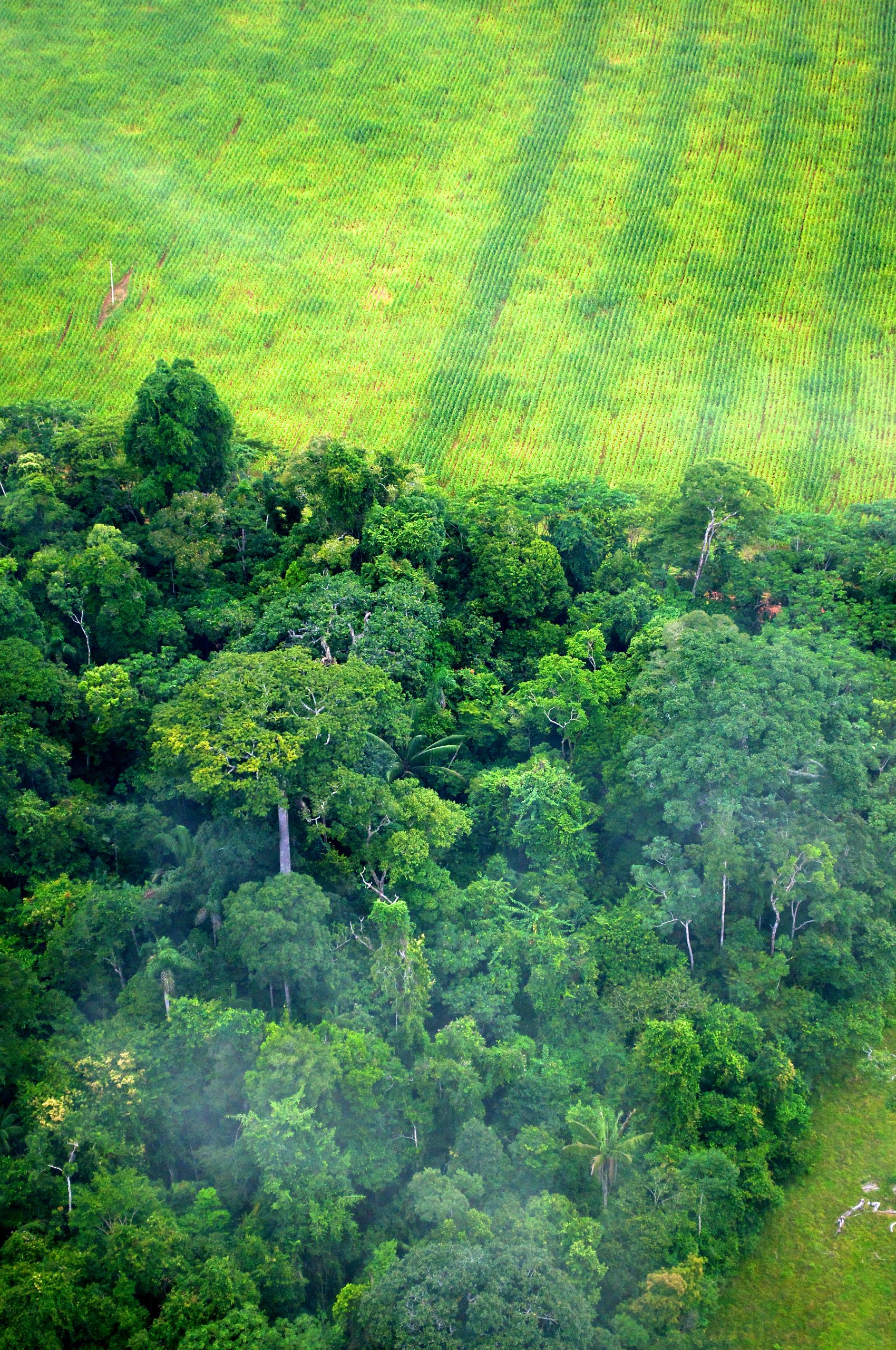
Companies can invest in landscape/jurisdiction-scale carbon offsets in three ways, ranging from simple to complex:
- 1. Source carbon credits from an existing L/JI that has an established mechanism for carbon finance. This option is a relatively easy one for a company that wishes to support an L/JI and gain carbon credits, but does not seek to become directly involved in the initiative. It may also be a way for a company to become engaged in an L/JI as a first step that might lead to greater involvement over time.
- 2. Integrate carbon finance into an existing L/JI (as Touton is doing with cocoa suppliers in Western Ghana, see “Co-design jurisdictional goals, key performance indicators (KPIs), and implementation strategies”). This approach may be attractive to companies looking for additional long-term financing for an L/JI and can work with other stakeholders to link the initiative to public and private carbon markets to obtain credits. The company itself can be (but does not have to be) an investor in carbon offsets. It may be equally valuable to the company to have other investors financially supporting the L/JI in the form of carbon finance, so that the company can contain its costs in supporting the initiative.
- 3. Co-initiate and co-finance a carbon credit program at the scale of a landscape/jurisdiction. This option requires substantial company involvement and investment, generally with NGO and/or private partners with specialized expertise in REDD+ carbon finance. It may be an appropriate pathway for companies with substantial commitments to reducing carbon emissions, and equally substantial opportunities to work with suppliers and other stakeholders in a landscape/jurisdiction from which it sources commodities linked to deforestation. The REDD+ Environmental Excellence Standard (TREES) provides one vehicle for countries and eligible subnational jurisdictions to generate verified emissions reduction credits through actions to reduce deforestation and degradation.
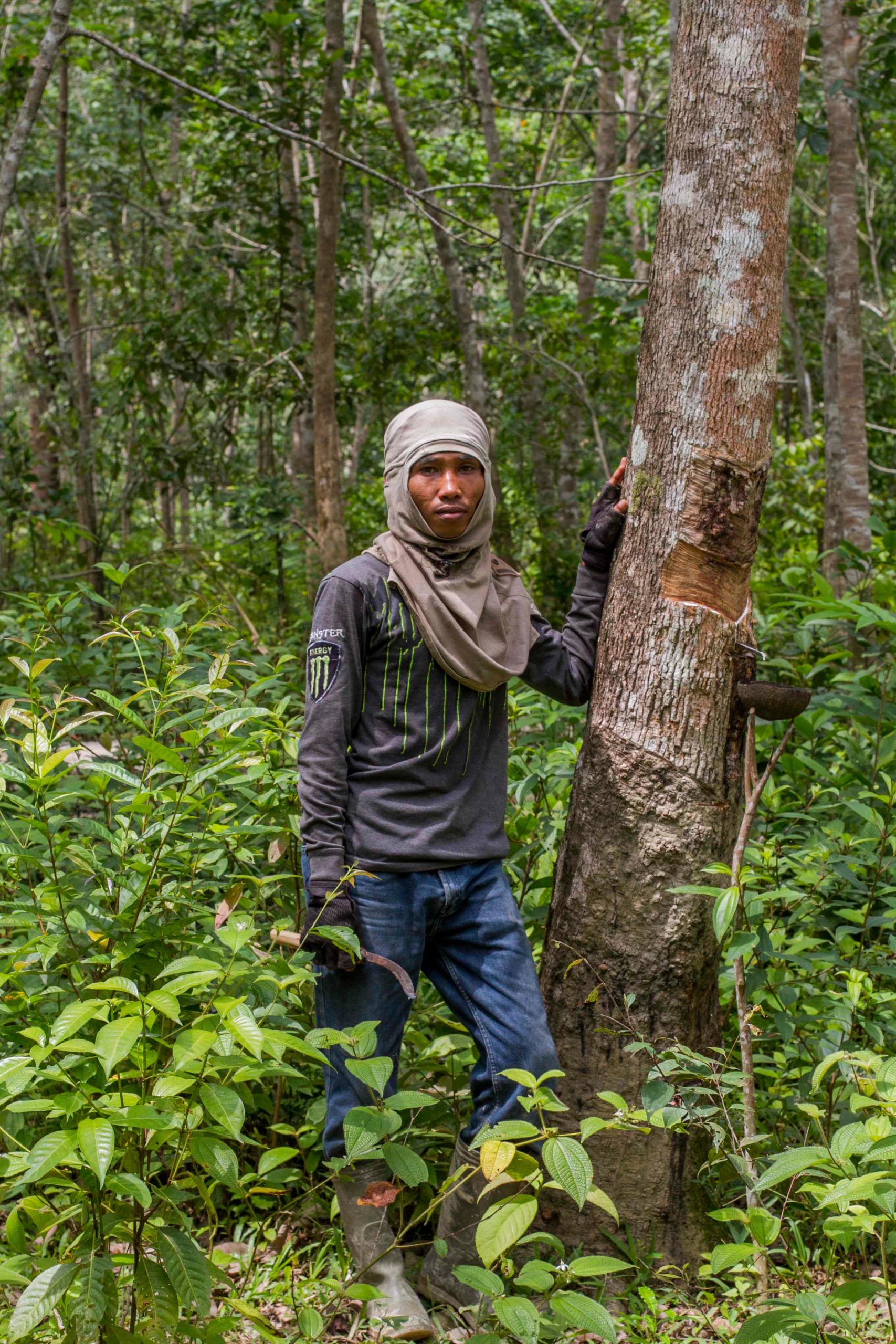
For Options 2 and 3, a company must understand the carbon finance possibilities available to the L/JI, as well as the risks and price volatility associated with the carbon market. Companies should engage with the government and other stakeholders to identify current and potential sources of funding, and to discuss benefit sharing mechanisms and the carbon claims companies could make.

If REDD+ carbon finance is shown to be feasible to support an L/JI, companies can advocate for and/or support a REDD+ program that is in line with good practice for carbon offsets from land use projects.
External conditions that improve likelihood of success
- Clear status of REDD+ carbon credits, and about the options for an L/JI to qualify for public (compliance) and private (voluntary) carbon finance
- Strong alignment with government policy priorities and REDD+ programs
- Close engagement in an L/JI by the government agencies responsible for climate policies
- Capacity within a landscape/jurisdiction to meet the baseline monitoring, reporting, and verification requirements for calculating carbon credits
- Up-front agreement among the stakeholders in a landscape/jurisdiction on benefit sharing from any carbon offset payments
- Availability of carbon market experts to support a L/JI in all the areas noted above

The business case for this intervention
- By supporting L/JIs that include carbon credits for avoided deforestation and forest conservation, companies not only advance their commitments to deforestation/conversion-free sourcing, but they may also gain carbon credits to offset emissions from their activities.
- Jurisdictional REDD+ programs have potential to generate larger carbon reductions at lower cost than single-site projects.
- Companies could create a long-term stream of payments to suppliers and other L/JI participants, reducing the need for company financing over time.
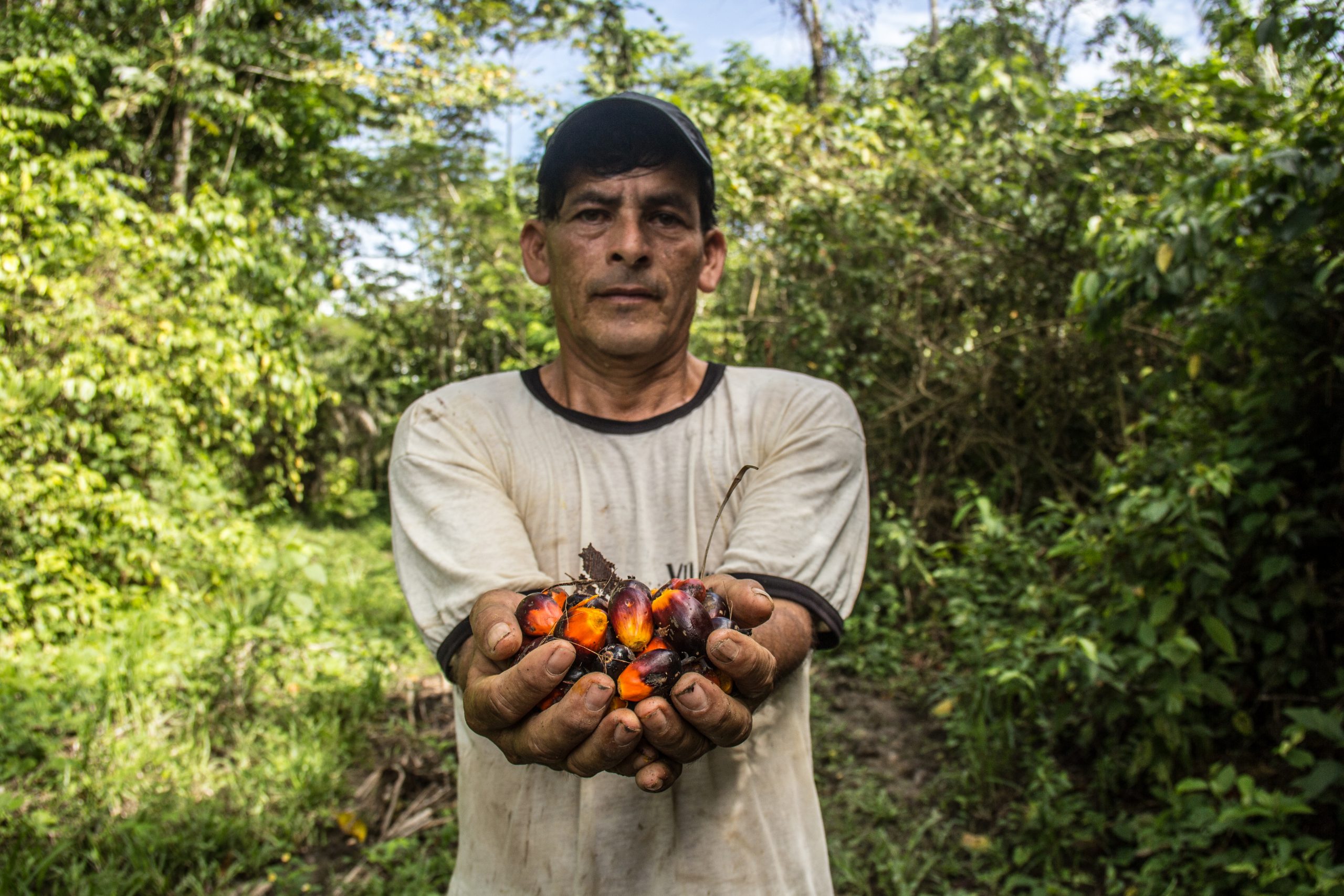
Duration of engagment
Medium-Long (2-5 years to catalyze and sustain supplier engagement)
Cost
$-$$$ depending on how much a company decides to spend on financial incentives for suppliers vs. technical support, recognition, and facilitating linkages to other sources of funding
In the real world
Recognizing and resourcing supplier efforts to reducing emissions
Project Gigaton is Walmart’s program for reducing scope 3 emissions from its supply chain. Under the program, Walmart asks its suppliers to cut greenhouse gas emissions, use built-in calculators to estimate the reductions, and report results to Walmart. Walmart’s annual sustainability summit celebrates supplier achievements and announces new commitments. In Project Gigaton’s third year, a new Walmart webpage added “engagement in jurisdictional initiatives” as one action for which suppliers could claim credit. The page offers data to help suppliers understand where they are likely sourcing commodities, whether these supply origins are at high risk of deforestation, and how best to engage with sensitive, high-risk jurisdictions to improve sustainability outcomes.
Key points for companies
Companies can incentivize suppliers to engage in L/JIs in several ways. Upstream companies can work directly with suppliers in the context of an L/JI. Downstream companies can use preferred sourcing and other incentives that send market signals through the supply chain. All companies can give public recognition and visibility to suppliers, tailored to the audiences that matter most to them. Whatever approach is used, companies should consult with suppliers to clearly convey their own motivations and learn which incentives and supports are most attractive.

Support suppliers to engage in L/JIs. Companies can support suppliers (farmers, local aggregators, processors, and traders) in many ways including by co-designing L/JI strategies, supporting training, or legalizing production. The goal is to help suppliers see how they can maintain and increase their incomes while reducing deforestation.

Contract incentives. Both upstream and downstream companies can integrate L/JI goals and targets into their contracting mechanisms. Companies can integrate preferences for commodities sourced from effective L/JIs into their overall sourcing policies (see “Use preferential sourcing to support L/JIs that are demonstrating progress”). They can also provide preferential contract terms (such as higher volume, longer term, price premium) for suppliers participating in L/JIs (see “Align corporate policy specifications and supplier contract terms with landscape/jurisdictional goals and targets”). In general, contract incentives should be conditioned on both the individual supplier’s performance and the overall progress of the L/JI. By linking incentives to objectives, companies motivate suppliers to support the initiative, engage with government, and collaborate with communities and suppliers to accelerate adoption of good production and protection practices across the landscape/jurisdiction.
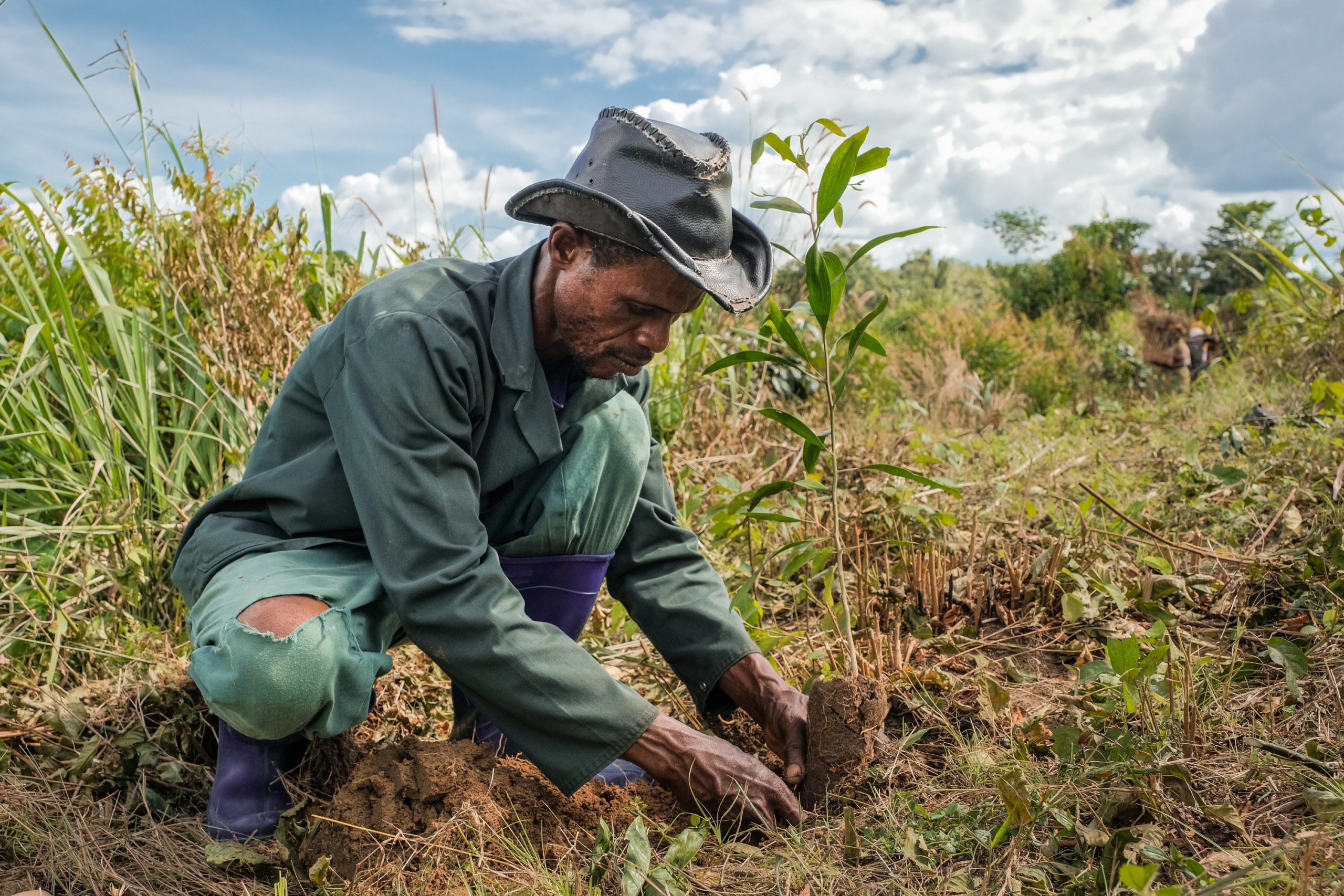
Production-protection incentives/payment for environmental services. Companies can directly pay farmers who protect and restore forests (see “Support landscape restoration in line with L/JI objectives”)They can also ensure suppliers gain access to government, multilateral, and carbon market funds that provide payment for environmental services (see “Help develop jurisdictional scale offset programs for deforestation”). As with supply contract incentives, suppliers and communities should be rewarded for progress on protection and restoration both for which they are directly responsible and at the level of the landscape/jurisdiction.
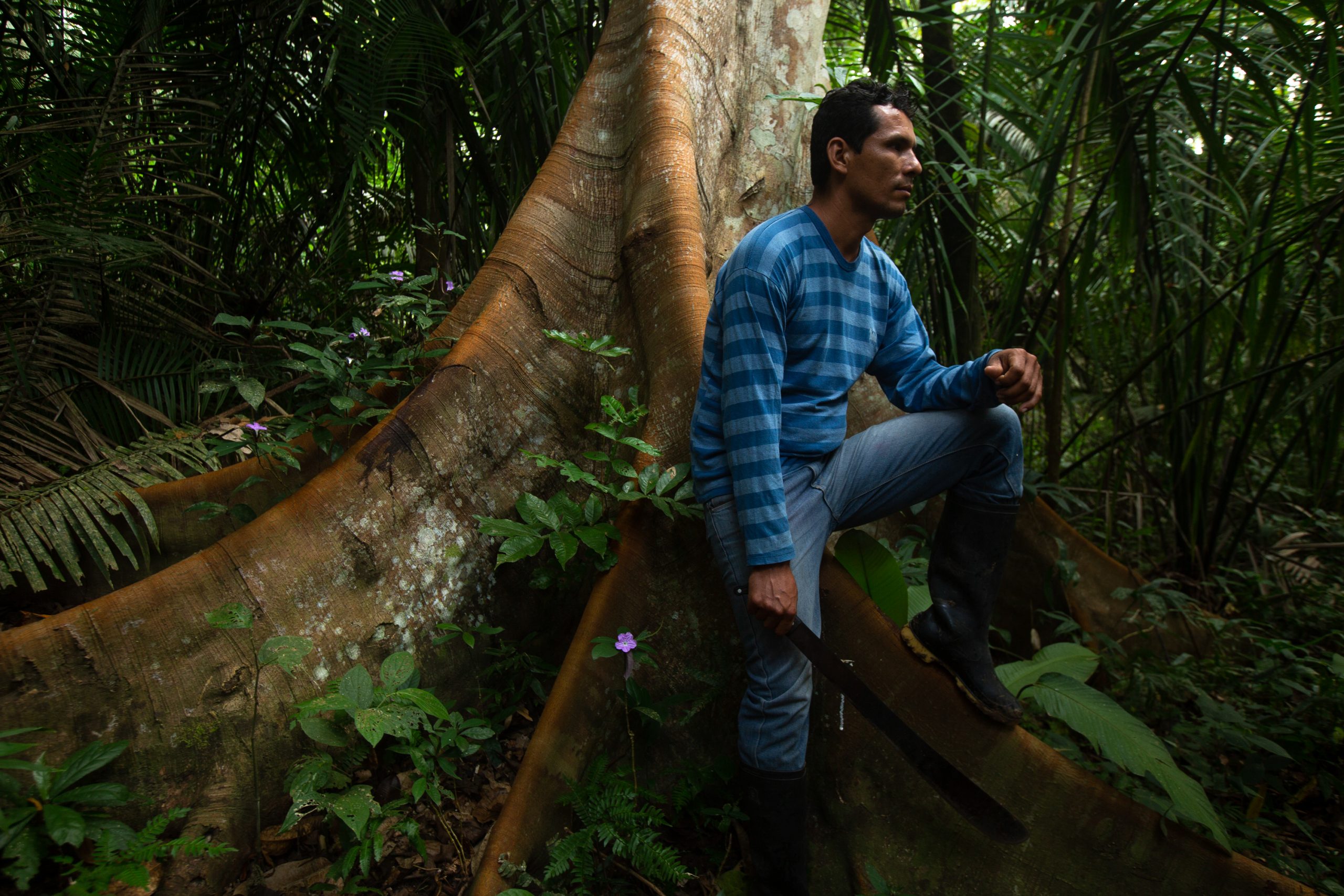
Recognition and public visibility. Downstream companies with significant public visibility (brands, retailers) can motivate upstream participants in their supply chains to participate in L/JIs by giving them public recognition as partners in sustainable sourcing. By recognizing upstream supply partners, downstream companies also add credibility to their own sustainable sourcing commitments.
Upstream companies can work directly with suppliers in the context of an L/JI. Downstream companies can use preferred sourcing and other incentives that send market signals through the supply chain.
External conditions that improve likelihood of success
- A prerequisite for effective engagement is an in-depth understanding of supplier interests, options, and constraints in relation to L/JIs. Downstream companies need to understand linkages among supply chain partners to identify the best engagement strategies across the chain.
- Good relationships and open lines of communication with supply chain partners can help companies engage suppliers in L/JIs.
- Well-coordinated company teams that link procurement, contracting, sustainability, and communications in order to develop and implement effective supplier engagement strategies.
The business case for this intervention
- Companies can only advance L/JIs as a strategy to meet their own deforestation/conversion-free commitments if suppliers willingly and effectively participate.
- Companies with strong leverage over suppliers can achieve significant results with limited investment; others can promote and coordinate participation in the L/JI in ways that enhance leverage and incentives.
- Sharing recognition with suppliers benefits both supplier and purchaser, and strengthens companies’ credibility as they publicize their sustainable sourcing commitments.
Duration of engagment
Short (3-12 months to establish preferential sourcing, then ongoing)
Cost
$$-$$$ depending on whether the company chooses to adopt existing standards and criteria and work with existing L/JIs, and whether its own purchasing systems can easily adapt to implement preferential sourcing
In the real world
Curating change through a qualifying list
At the 2015 UNFCCC Conference of the Parties, the then co-chairs of the Consumer Goods Forum Unilever and Marks & Spencer announced that each company would prioritize sourcing commodities from areas that have designed and are implementing jurisdictional forest and climate initiatives. Since then, they have worked closely with other companies, NGOs, and individual experts on how best to do so. The group’s resulting Commodities/Jurisdiction Approach (CJA) defines a set of criteria for evaluating jurisdictions’ forest and climate progress, and curates a list of jurisdictions that quality. Companies can use this list to inform their procurement decisions with a preferential bias toward qualifying jurisdictions as a complement to their supplier-specific sourcing criteria. The CJA enables companies sourcing different commodities from multiple geographies to adopt a harmonized approach to drive increasingly sustainable outcomes.
Keeping an eye on ethical commitments
The Accountability Framework Initiative (AFi) is a collaboration of global and regional environmental and social NGOs. It provides guidance to companies on how to establish, implement, and monitor ethical supply chain commitments. AFi has produced brief guidance on preferential sourcing from L/JIs, and how the incentives and rewards from doing so can drive measurable progress. Yet it also cautions against completely disinvesting from problematic jurisdictions. Rather, companies should keep sourcing from sustainable suppliers within those jurisdictions, while closely engaging with government, suppliers, NGOs, and communities to bolster sustainable production and forest protection in the jurisdictions overall.
Key points for companies
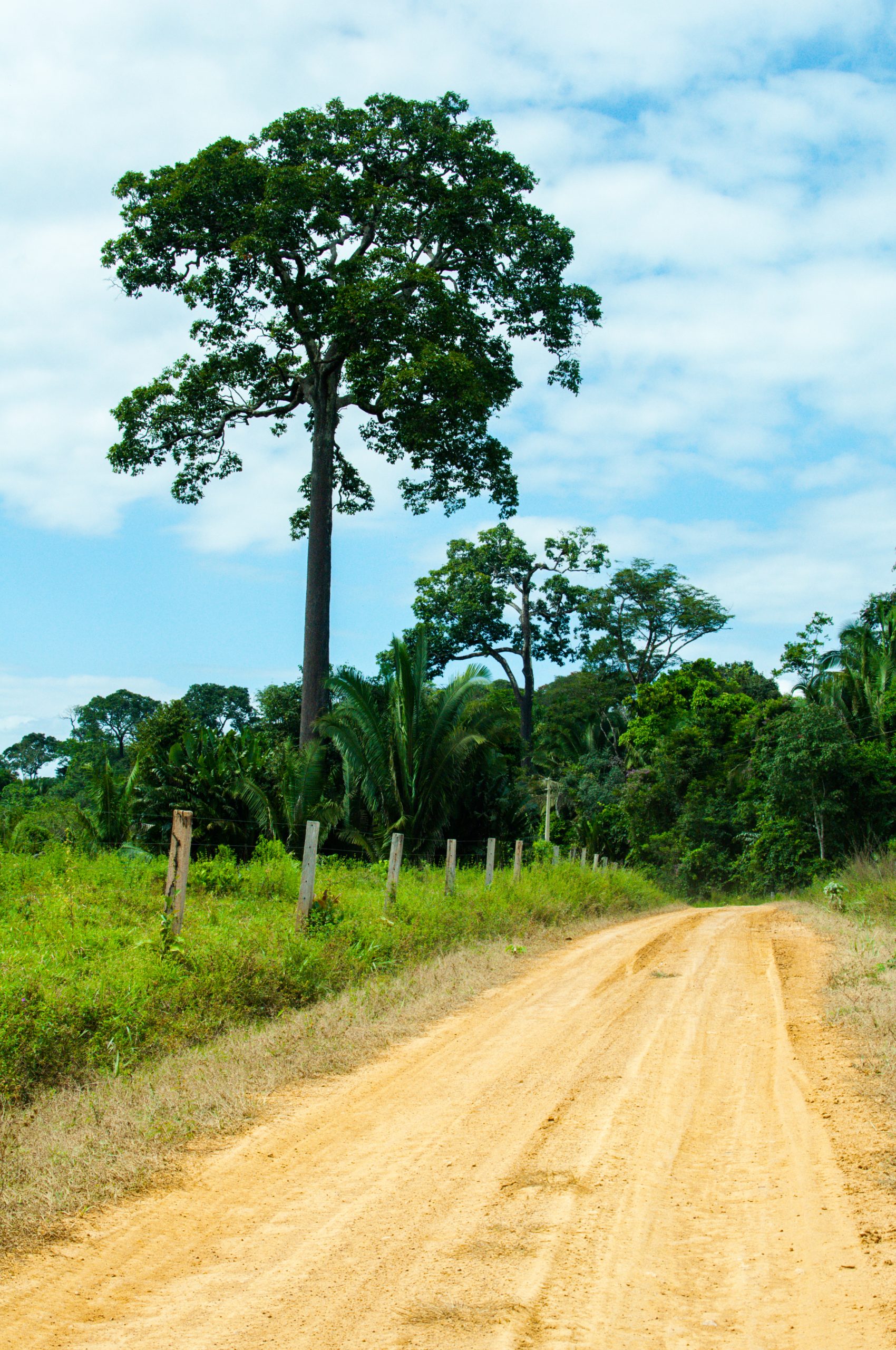
Adoption: Adopt clear and consistent criteria for preferential sourcing at the landscape/jurisdictional level. These criteria will define levels and types of preference in sourcing, and the conditions under which the company will reduce or discontinue sourcing from suppliers in a given landscape/jurisdiction.
- Criteria for measuring the quality of L/JIs should address their social, environmental, and economic goals; strategic plans; role of governance and policy; and M&E system. The Commodities/Jurisdiction Approach is one tool that provides predetermined criteria for assessing L/JIs.
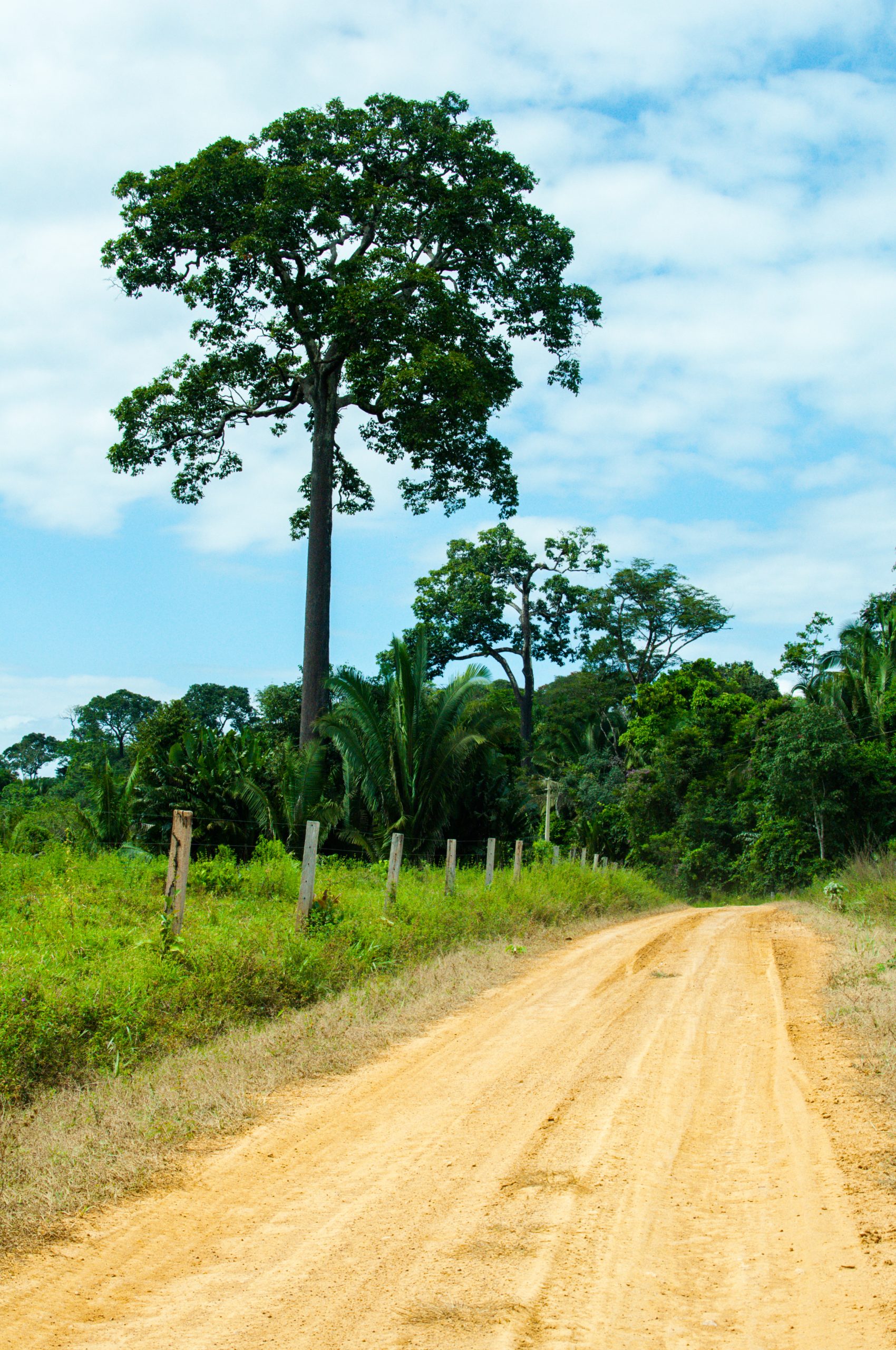
Implementation: Seek new suppliers within landscapes/jurisdictions that meet selected criteria and/or expand sourcing from existing suppliers in these regions. For early stage L/JIs, companies may still need to assess and verify whether individual suppliers comply with social and envi-ronmental targets. As more advanced L/JIs can demonstrate a high level of effectiveness in stopping deforestation and exploitation, companies may be able to rely on monitoring done at landscape/jurisdictional scale to ensure suppliers meet their sourcing criteria. Companies should publicly specify their use of landscape/jurisdictional preferencing, criteria, and preferred sourcing regions. This sends a clear market signal that progress at that level of the landscape/jurisdiction strongly informs sourcing decisions.
- Link decisions to decrease purchases from jurisdictions struggling to meet sustainability criteria with ongoing dialogue and engagement with other purchasers, and with the government, suppliers, and other stakeholders in the region. This incentivizes improvement, rather than just letting these jurisdictions default to supplying purchasers with lower standards.

Growing support: Engage directly with L/JIs to help them achieve and maintain their qualifications for preferential sourcing. Brands and retailers with purchasing power can profoundly influence suppliers and governments within a landscape/jurisdiction and should coordinate on preferential sourcing approaches through industry platforms such as the Consumer Goods Forum. The combined influence of several major downstream purchasers can have far greater influence than when purchasers act alone.
External conditions that improve likelihood of success
- Stakeholders have access to existing standards and approaches to preferential sourcing from successful L/JIs
- Forums exist for companies to speak to and coordinate with other purchasers of the same commodity, both globally and at the level of individual jurisdictions
- On its own or by working with other purchasers, a company exercises significant leverage over suppliers in priority jurisdictions
- The company can shift a significant proportion of its sourcing to send clear market signals to both preferred and non-preferred jurisdictions in the supply chain
The business case for this intervention
- By adapting a landscape/jurisdiction-level set of preferences, a company can simplify supplier selection and sustainability verification.
- By coordinating preferential sourcing with other purchasers, a company can significantly increase its leverage on landscape/jurisdictional actors and accelerate progress toward sustainable production and forest protection.
- Over time, the spread of preferential sourcing at the landscape/jurisdiction-level can expand the number and diversity of qualified suppliers, with potential financial and sustainability benefits to purchasers.
Duration of engagment
Short (3-6 months)
Cost
($)
Preparing new supplier contracts or corporate policies
($$)
Possible increased cost of supply die to new contract terms
In the real world
Rewarding growers who graduate into green production
Unilever is engaged in several jurisdictional initiatives that seek to achieve jurisdiction-wide Roundtable on Sustainable Palm Oil (RSPO) certification.
Beyond upfront support to help smallholders in these jurisdictions qualify for certification (see “Support farmer training”), Unilever company leverages its procurement power – purchasing the certified palm oil that they produce – to incentivize smallholders to become certified.
In 2019, the company purchased 40,000 tons of certified palm oil and palm kernel oil from 30 Independent Smallholder Farmer Groups that represent more than 6,900 independent smallholders across Indonesia, Malaysia, and Thailand.
Key points for companies
Companies already participating in L/JIs should align procurement policies and supplier contracts with the initiative’s objectives. Those not yet engaged should focus on L/JIs in one or more landscapes/jurisdictions where the company buys a lot of product.
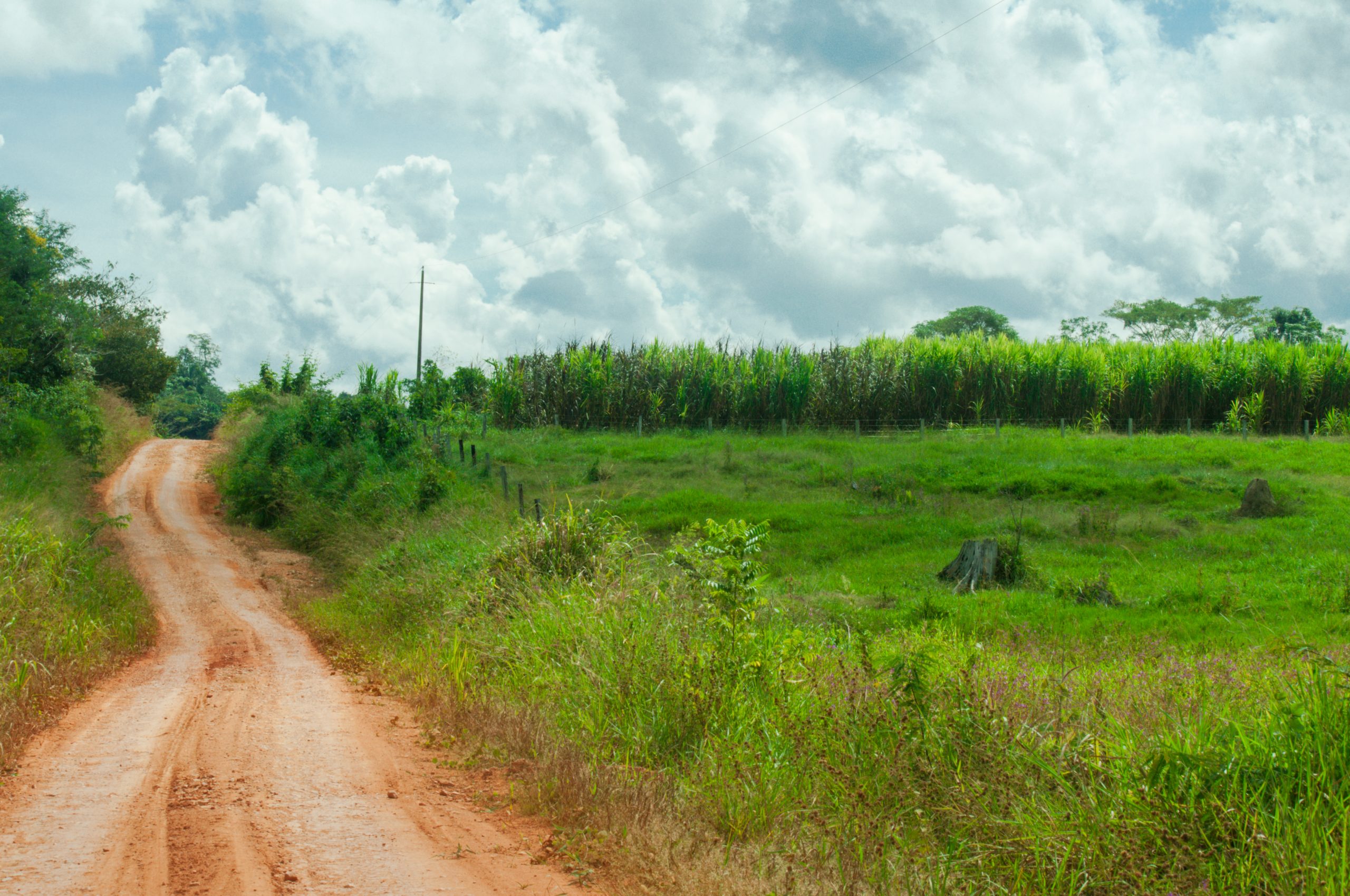
Review the L/JI’s goals and targets. These vary by landscape/jurisdiction, but often include economic, environmental, and social components.
- In Mato Grosso, Brazil the “Produce, Conserve, Include” initiative has formulated a set of targets that nest within the three categories represented in the initiative’s name. ‘Produce’ targets include ambitions for grain, livestock, and timber yields and for land area under cultivation. ‘Conserve’ targets include land area covered with native vegetation, percentages in the Amazon and Cerrado biomes being converted, and the area of degraded land being restored. ‘Include’ targets include percentages of families receiving technical assistance and rural extension, proportion of smallholders with market access, and amount of credit available to family farms.
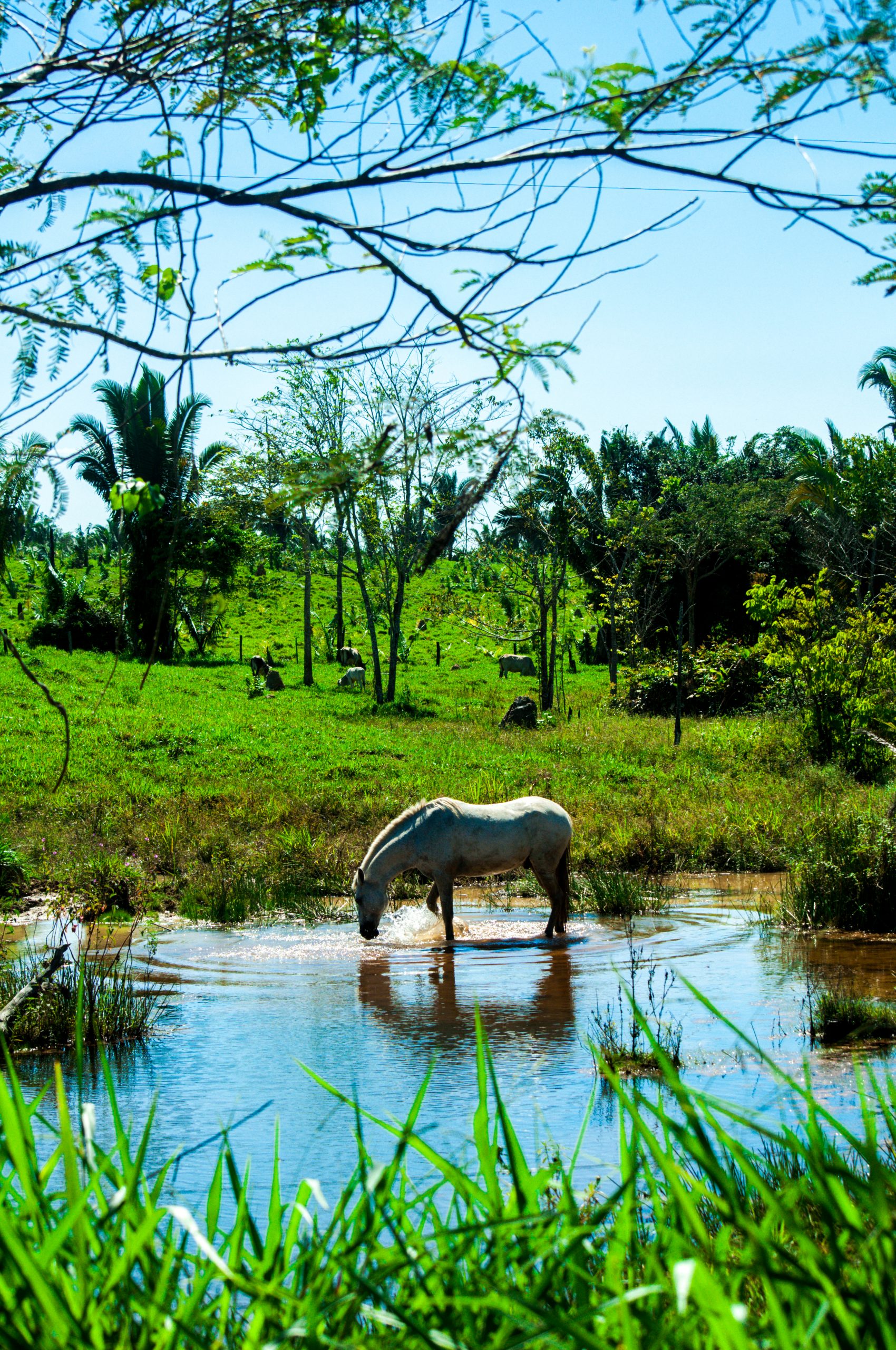
Translate the L/JI’s targets into a demand signal for suppliers. This can be accomplished in a few ways:
- Incorporate landscape/jurisdictional targets into the terms of supplier contracts to ensure that supply is produced in accordance with the targets. For example:
- One of Mato Grosso’s targets is that 90% of rural properties be registered in the environmental rural registry. To support this target, a company could write supplier contracts to require that supply originate only from registered farms.
- Mato Grosso is one of many L/JIs that include a target to reduce deforestation or conversion of other ecosystems. Companies can drive this target by aligning their own deforestation/conversion-free sourcing policies with Accountability Framework guidance, and linking the demand they make of suppliers for commodities produced without deforestation or conversion with the L/JI’s targets.
- Create positive incentives for suppliers by offering long-term contracts, price premiums, and/or additional payments for environmental services to suppliers who demonstrate they are meeting the L/JI’s goals by producing sustainably, restoring, and/or conserving forest areas.
- Incorporate jurisdictional targets into corporate policies to guide the company’s decisions within the landscape/jurisdiction. In Mato Grosso, for example, one target is to reduce conversion of the Cerrado biome by 95% below historical levels. A company could support this target by a principle ensuring its commodity sourcing does not originate from recently converted land in the Cerrado. That policy could then guide how supplier contracts are drafted, where investments are directed, and advocacy priorities with the government.
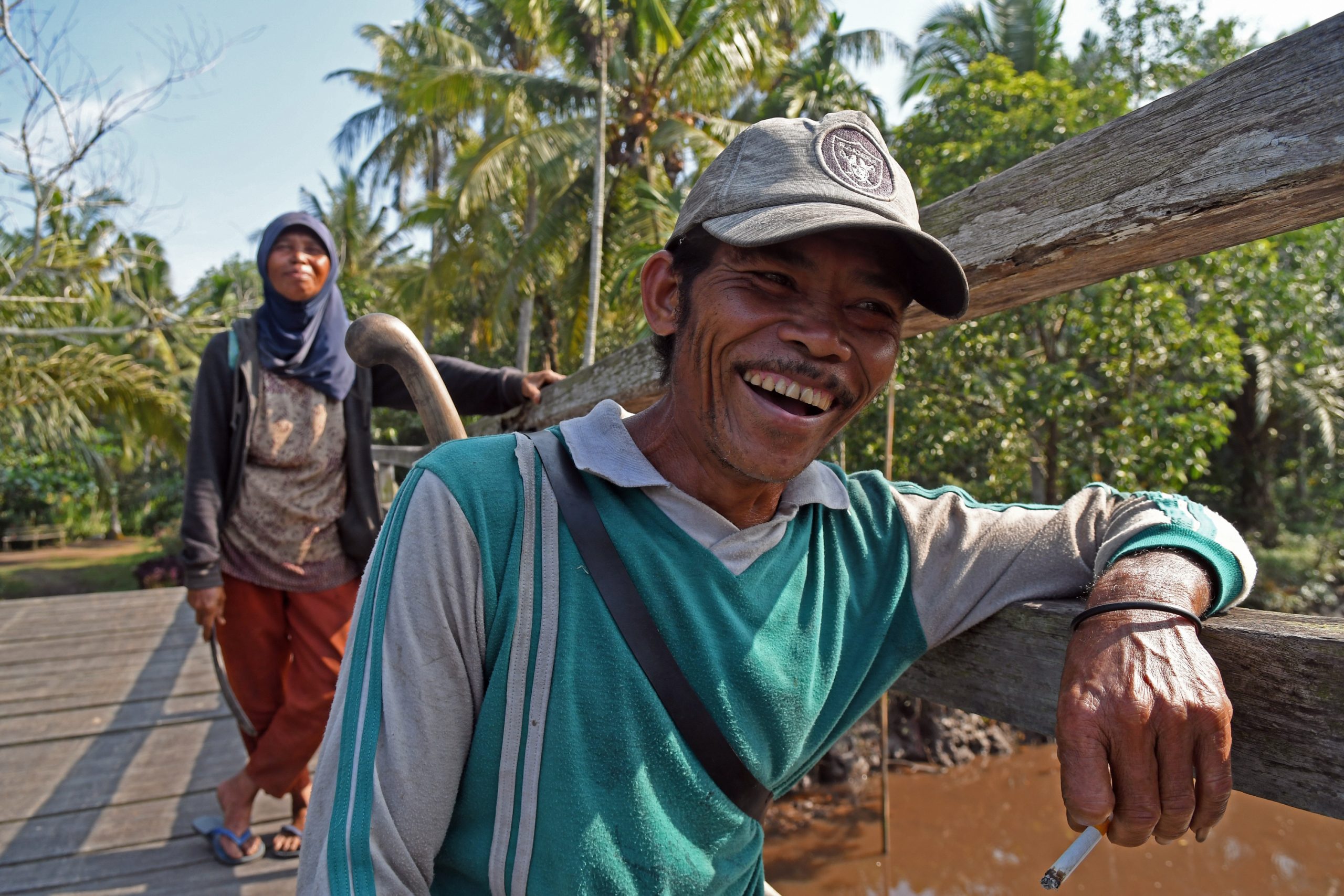
Ask suppliers what incentives they need to achieve landscape/jurisdictional objectives. Such outreach better ensures the desired outcomes and also creates a sense of shared commitment and ownership.
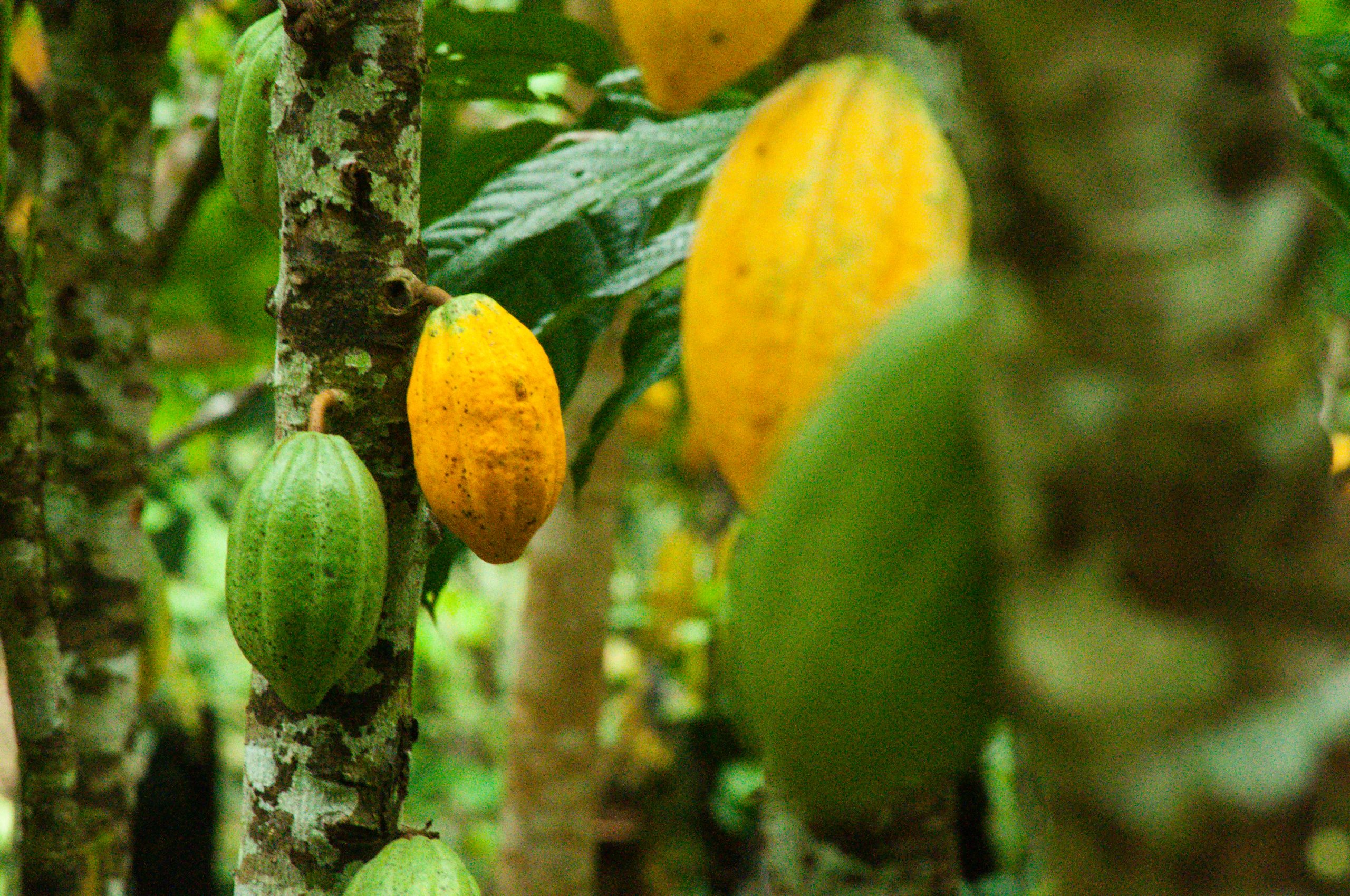
An L/JI’s targets may lack enough detail to easily or immediately incorporate them into company policies or contracts. In such cases, reach out to the government or entity leading the L/JI to clarify the target that the company should support.
External conditions that improve likelihood of success
- Well-articulated jurisdictional targets/objectives
- Good relationships with suppliers in the jurisdiction
- Contracting methods that ensure agreements can be well specified, verified, and enforced by purchaser and supplier
- Effective legal, arbitration, or alternative dispute resolution bodies that allow parties to address conflicts and disagreements
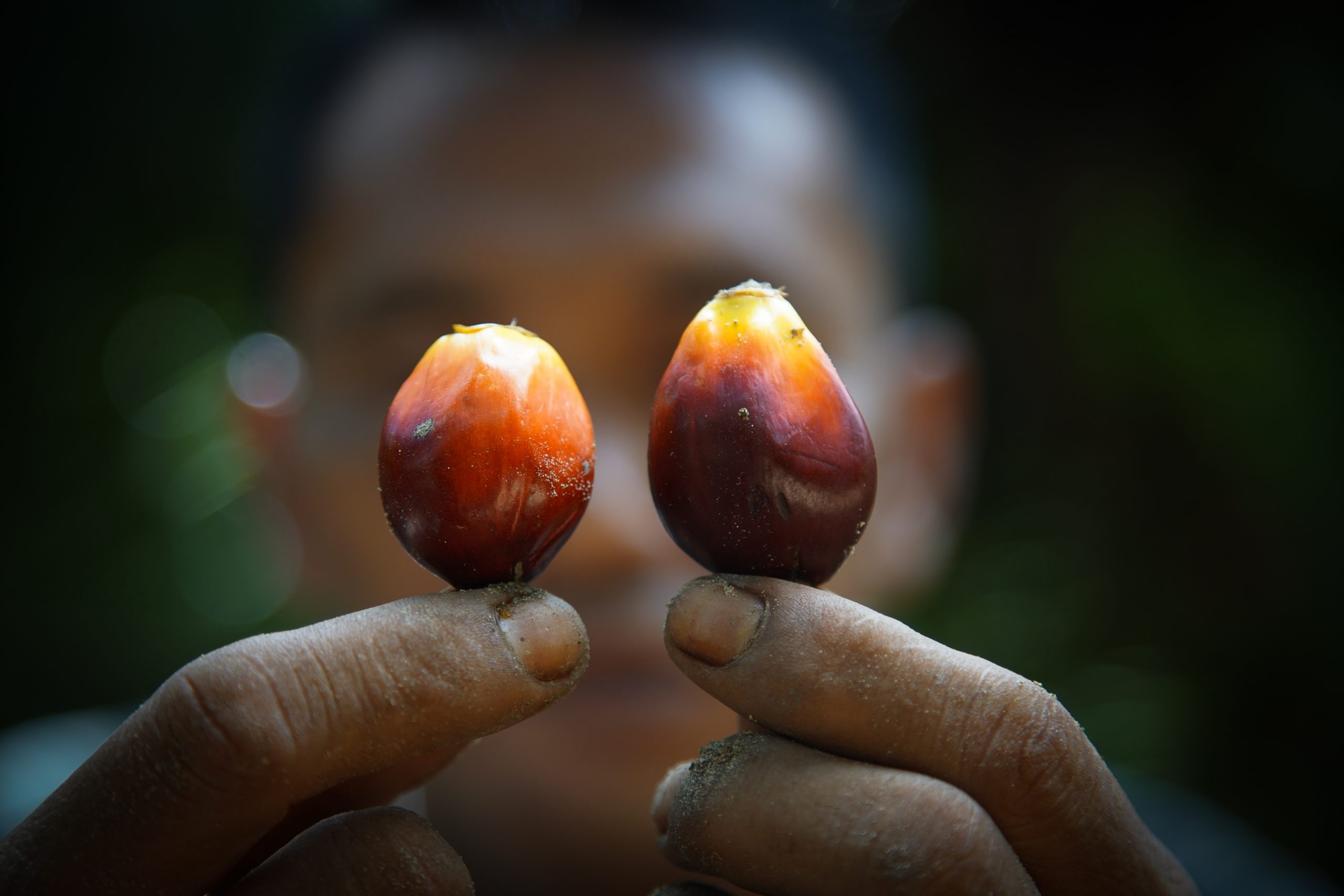
The business case for this intervention
- Referring to L/JI targets when making requests of suppliers can help justify what might otherwise be perceived as burdensome requirements.
- Contracting fairly with suppliers to achieve an L/JI’s objectives strengthens suppliers’ understanding and commitment to mutually desired outcomes.
- Aligning L/JI targets with a company’s policies is a low-cost way to signal long-term support for the sustainability objectives of a landscape/jurisdiction it values.
- This alignment can also help ground and focus further actions the company might take to advance the targets.
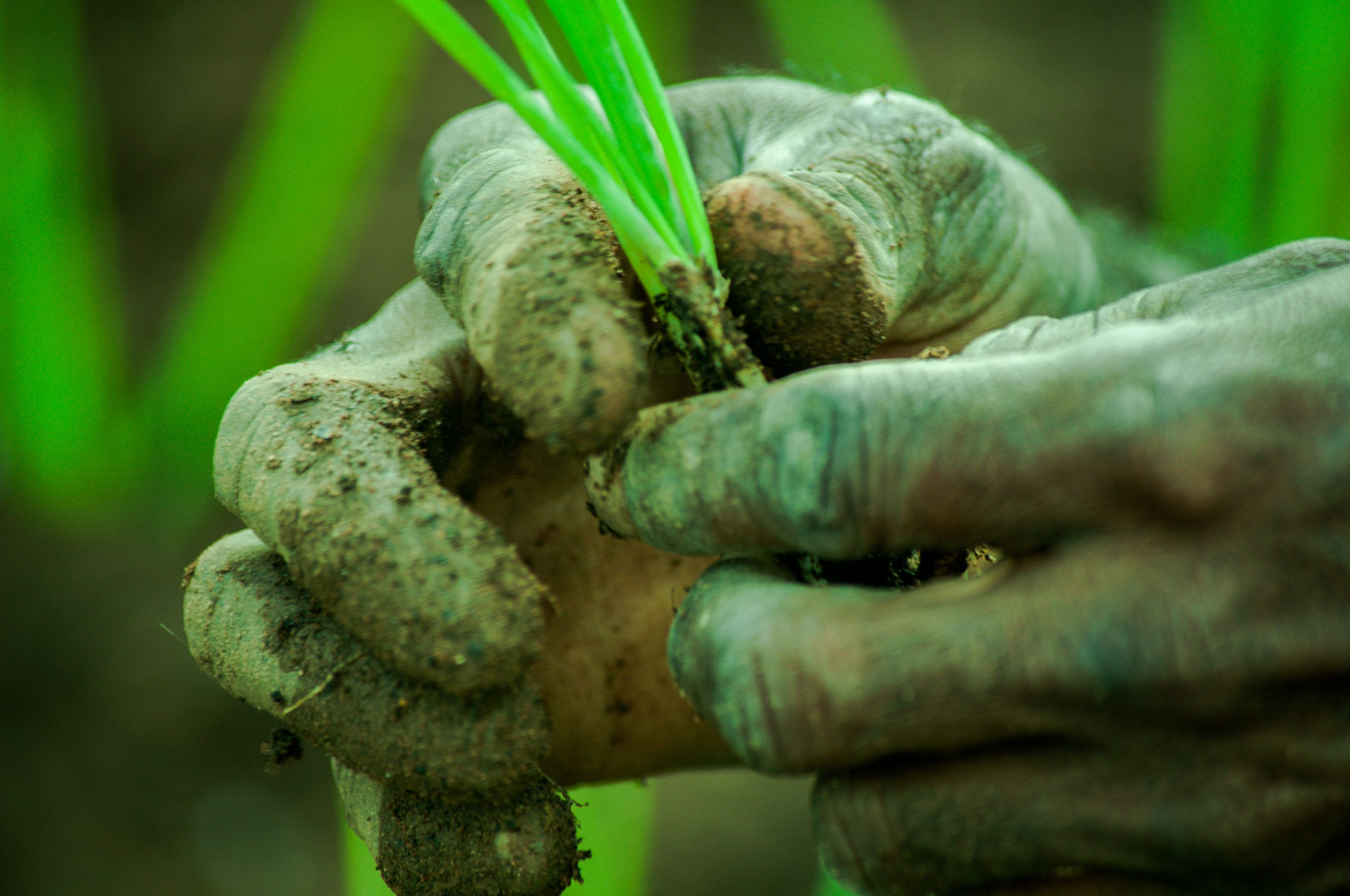
Duration of engagment
Short (6-12 months to establish, depending on availability of data)
Cost
($)
Staff time for ongoing data collection and monitoring
($-$$)
Cost to establish/strengthen landscape/jurisdictional partnerships for traceability and certification
($$)
Cost to create baseline data for traceability and certification
($$-$$$)
Cost of technical assistance to set up traceability and certification systems
In the real world
Expanding certification through Centers of Excellence
In Indonesia, companies are working with member districts of the Sustainable Districts Association (LTKL)to create jurisdiction-level commodity certification. Participating companies include Musim Mas, PepsiCo, Mondēlez, Kirana Megatama, and Cargill; work is taking place in Musi Banyuasin, Aceh Tamiang, and Siak districts. The parties are creating district-level Centers of Agricultural Excellence to effectively monitor and report each district’s progress on achieving sustainable commodity production based on credible data. The Centers also seek to expand RSPO certification and participation in schemes – such as the Verified Sourcing Area system – that expand market access for sustainable commodities. To back such efforts the RSPO is adapting its standard to enable extension of the certification approach to the level of a jurisdiction.
Key points for companies

Work together to set up jointly funded, independently operated, open source tracing systems for commodities produced within a landscape/jurisdiction. Under such a system:
- Land use maps and a traceability system are developed through, agreed to, and regularly updated by L/JI stakeholders.
- An independent third party gathers stakeholders’ information, including satellite imagery, locations from which companies make purchases, and the movements of commodities from farmgate to their exit from the jurisdiction.
- The company integrates this local system with its own tracking efforts from the landscape/jurisdiction further downstream.
- All stakeholders regularly update data to maintain the integrity of their joint traceability system.

If there is interest in expanding from joint traceability to a full certification system for the landscape/jurisdiction, collaborate with the government and third-party independent certifiers to create one. Key elements of this approach:
- A clear linkage of the certification effort to an L/JI ensures all partners in the initiative support certification as a contribution toward meeting the initiative’s goals.
- Established and credible standards, and direct engagement with international certifying bodies, enable the landscape/jurisdiction to develop its certification system.
- Certification bodies have capacity to educate producers and other supply chain partners on the value and the process for achieving certification at the landscape/jurisdictional level.
- Demonstrated value-add of certification for producers and other supply chain partners motivates and sustains their participation.
External conditions that improve likelihood of success
- For traceability systems:
- An independent third party with technical capacity to develop a tracing system.
- Appropriate training and technology for all actors who need to contribute data to the system and use data produced by the system
- Capacity to gather data (particularly those which are often only available to the government) and to develop digitized maps
- For landscape/jurisdiction-level certification systems:
- Availability of credible international commodity certification standards and bodies for the commodities produced in the landscape/jurisdiction, to serve as a reference point and source of technical guidance.
- A public, non-profit, private, or multi-stakeholder entity based in the landscape/jurisdiction that is willing and able to develop and operate a certification system.
- Significant potential benefits for producers and supply chain partners from participating in certification at the landscape/jurisdictional level.
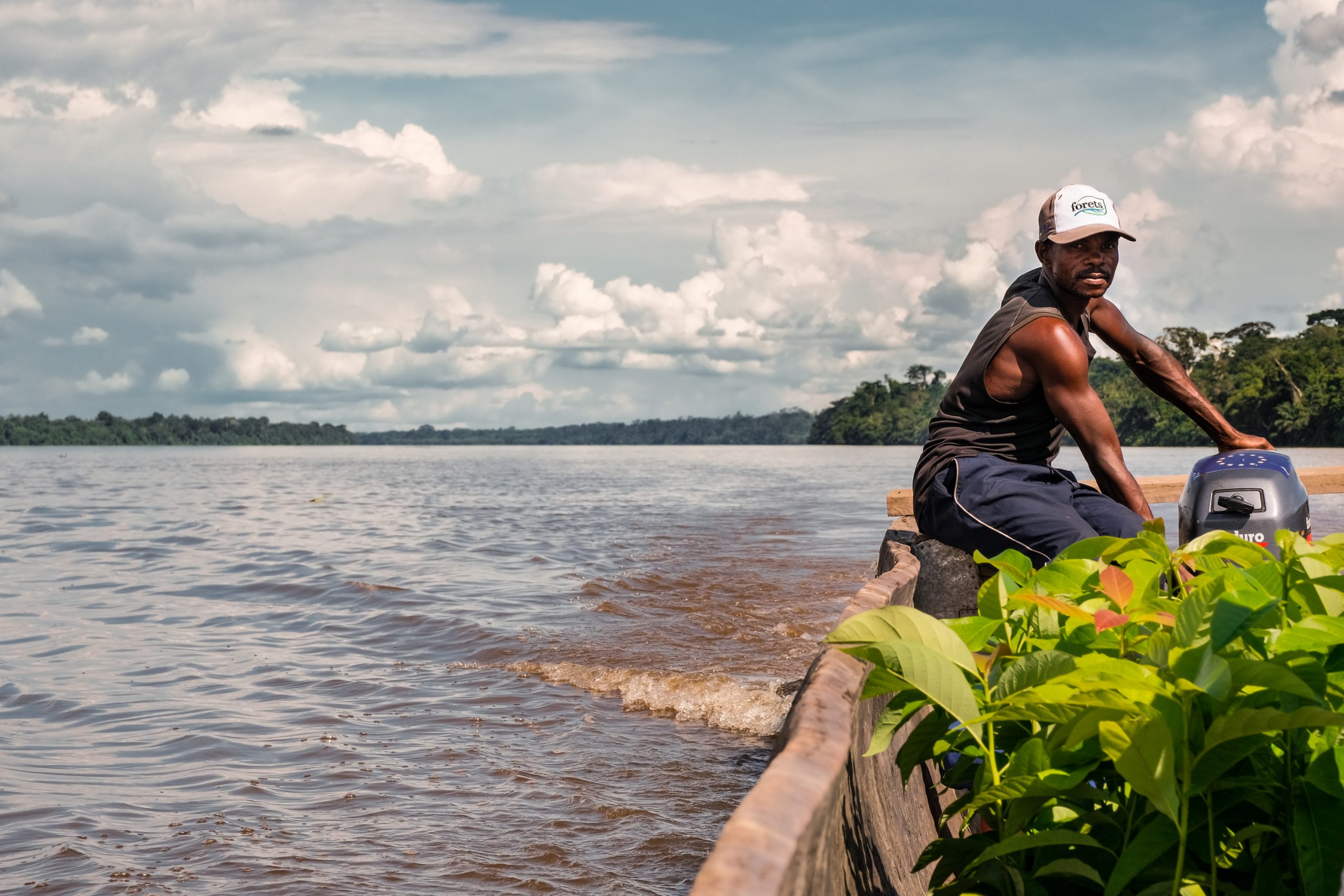
The business case for this intervention
- Access to landscape/jurisdiction-level traceability and/or certification systems increases the effectiveness of company investments in an L/JI and can reduce company costs for tracing and certifying commodities produced in the region.
- Joint tracing/certification levels the playing field and makes it harder for laggards to free ride on the sustainable sourcing efforts of leading companies.
- Better information from tracing can identify areas where commodities are not being produced sustainably, and certification can identify trouble spots within the landscape/jurisdiction, making it easier for L/JI partners to target resources and strategies.
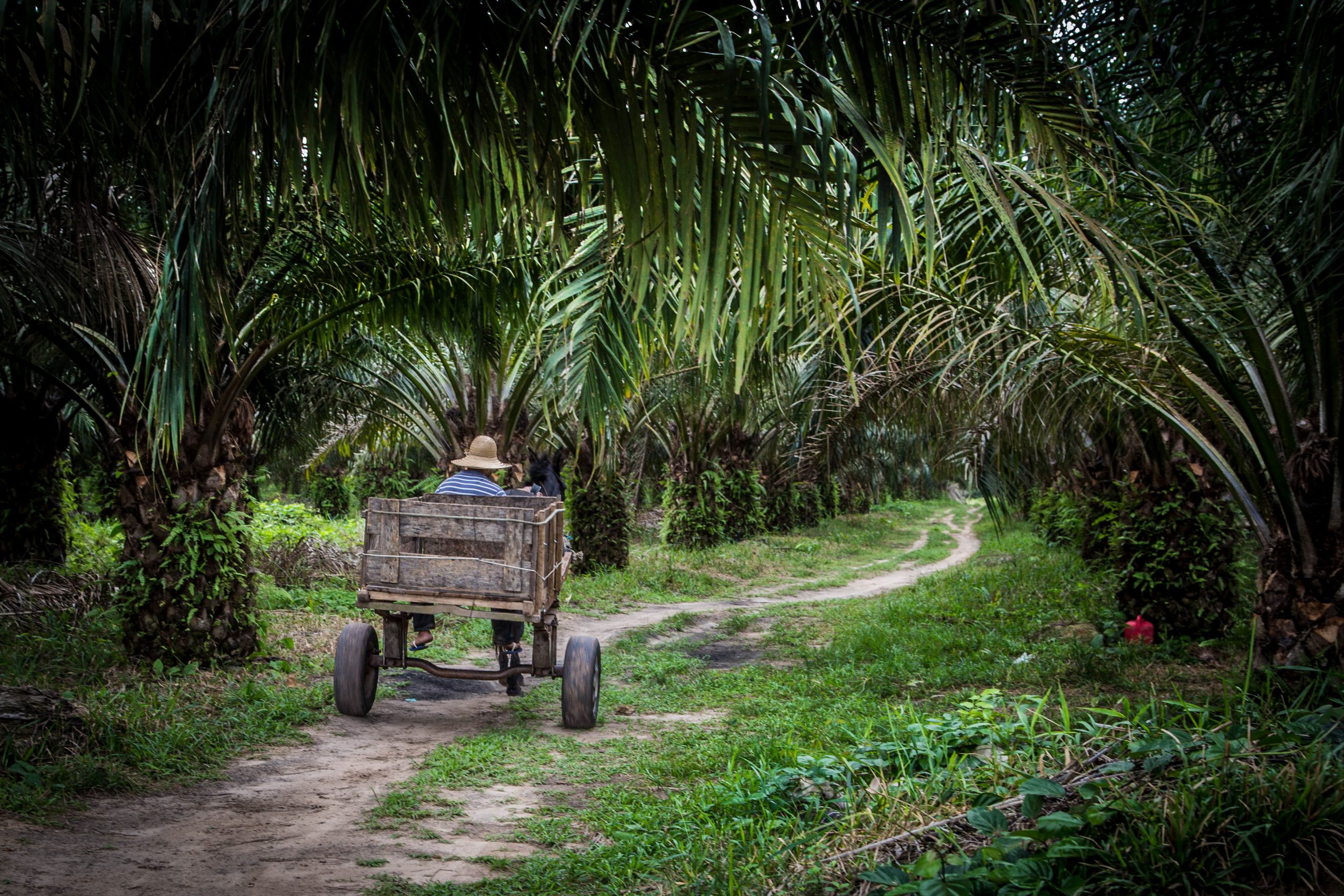
Duration of engagment
Short-Medium (3-6 months to expand sustainability reporting; 3 years to set up a jurisdictional monitoring system)
Cost
Expansion of sustainability reporting to include landscape/jurisdictional progress (no cost if an external resource is available that tracks this progress; $$$ if a monitoring system needs to be created for the landscape/jurisdiction)
($$$)
Obtaining third-party verification of reported impacts if not built into the landscape/jurisdiction-level monitoring system
In the real world
1. Forging linkages for landscape-level accountability
Companies often commit to sustainability goals that transcend what they can achieve alone, and report regularly on the steps they are taking to advance those goals. For example, the Global Reporting Initiative, within its Biodiversity Standard, requires companies to report on “whether partnerships exist with third parties to protect or restore habitat areas distinct from where the organization has overseen and implemented restoration or protection measures.” Numerous companies involved in L/JIs report on their contributions to those initiatives. Each effort fits like a piece in a puzzle, part of the whole. However, there is not yet a clearly established practice of companies explicitly committing themselves to the joint achievement of L/JI outcomes and then reporting on the initiative’s overall results as a part of their corporate reporting.
2. Tracking progress in a larger context
In an L/JI in the Kakum area of Ghana’s Central Region, Lindt’s Cocoa Foundation partnered with the Nature Conservation Research Center to develop a system for monitoring and evaluation (M&E). The M&E system will let all of the L/JI stakeholders track their progress toward meeting the initiative’s goals and enable companies to measure their contributions in a larger context. The M&E system is being designed to track socioeconomic and ecological sustainability, and how the Kakum initiative shapes local views about livelihoods and wellbeing, Climate-Smart Cocoa practices, and landscape governance and management. This effort pilots the LandScale system to track progress at landscape scales.
Key points for companies
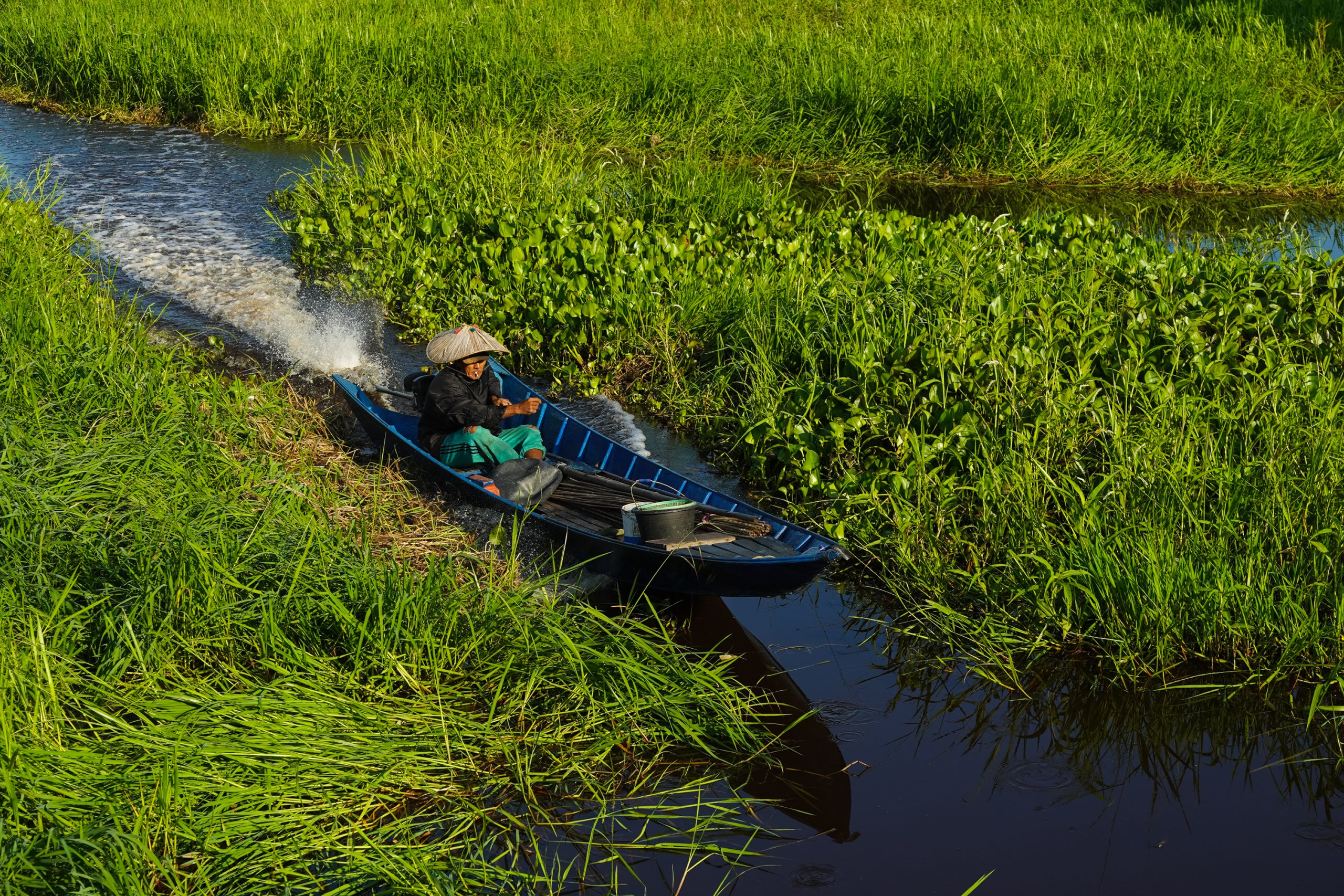
Based on its supply chain priorities or where it wields greatest market influence, a company should choose landscapes/jurisdictions in which to take on co-responsibility for sustainability progress alongside other stakeholders. This selection should reflect the strength of the company’s commitment to the achievement of specific results at the landscape/jurisdictional level, and the company’s ability to contribute to those results.
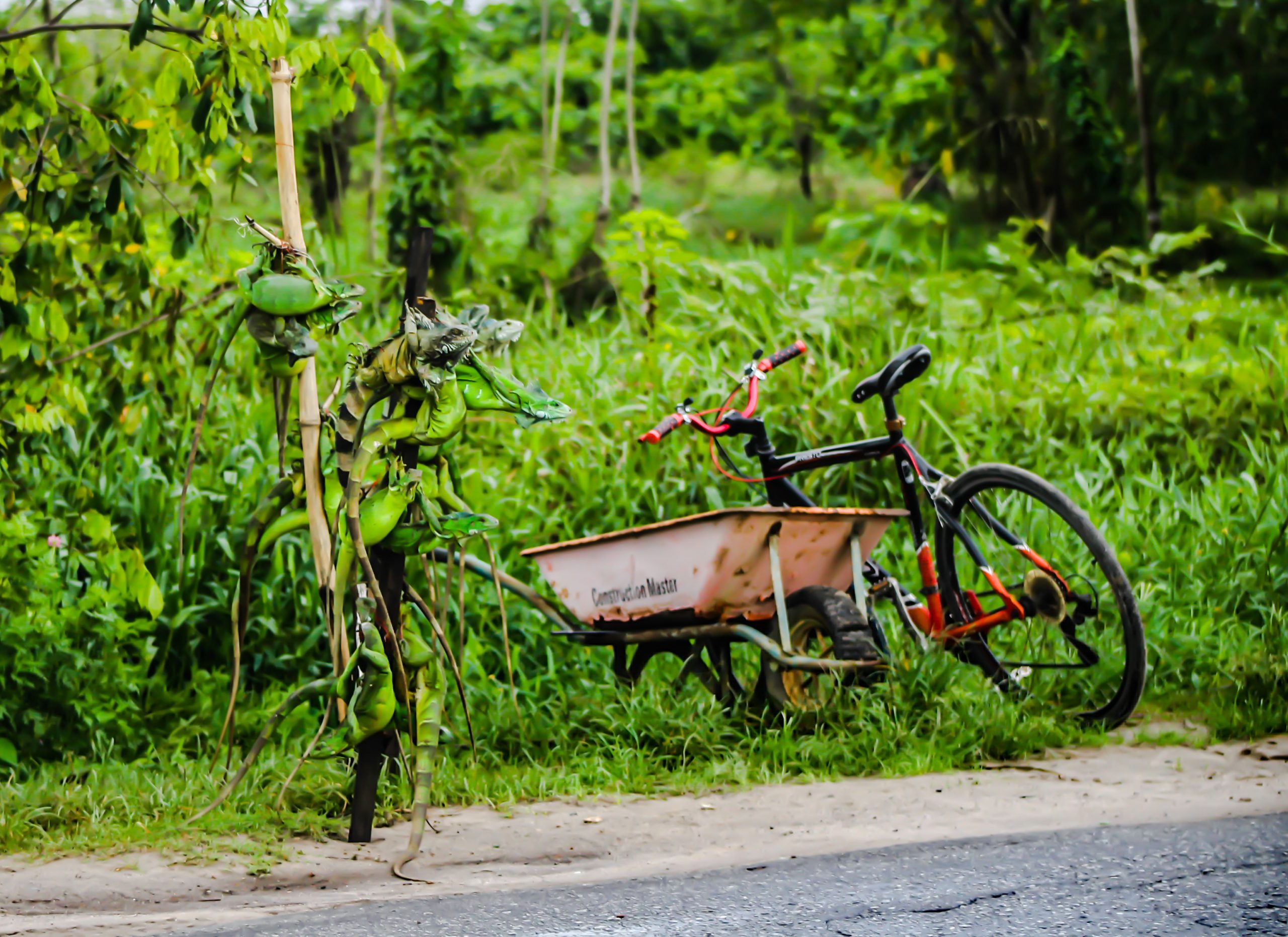
Incorporate some or all of the L/JI’s sustainability targets within the company’s and ensure internal buy-in to be co-accountable for meeting them. A company may commit itself to those targets where it can make the greatest contribution, even while recognizing that the outcome largely depends on stakeholders and forces beyond the company’s control.
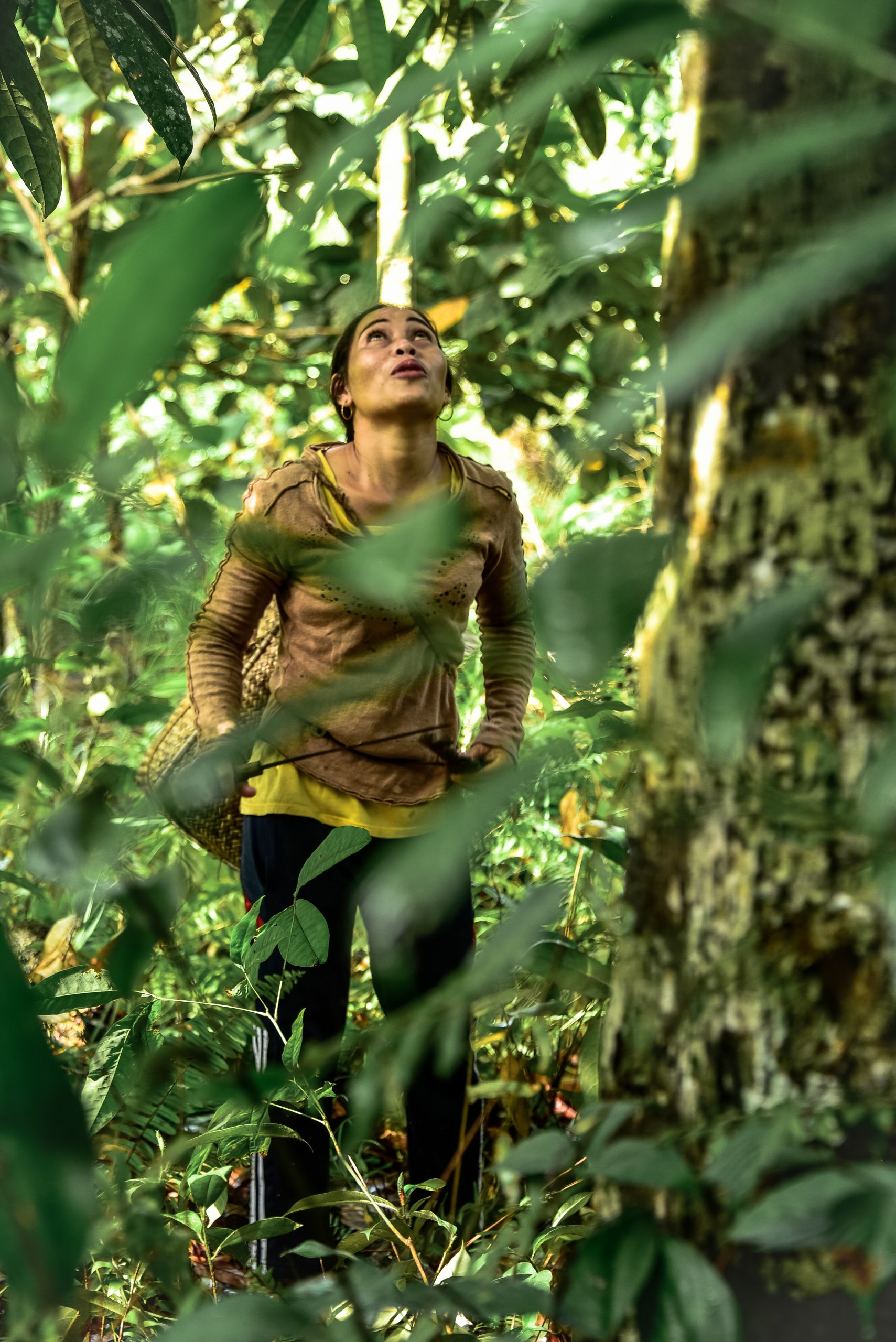
Announce the company’s intention to be co-responsible for progress on sustainability, jointly publicized through the L/JI’s external outreach, corporate communications, and any national and global platforms in which it participates. Leverage high-profile gatherings focused on forest and climate issues (e.g. UN Climate Week, the UNFCCC COP, the TFA annual meeting) to amplify a company’s message about claiming a degree of responsibility for an L/JI’s progress.
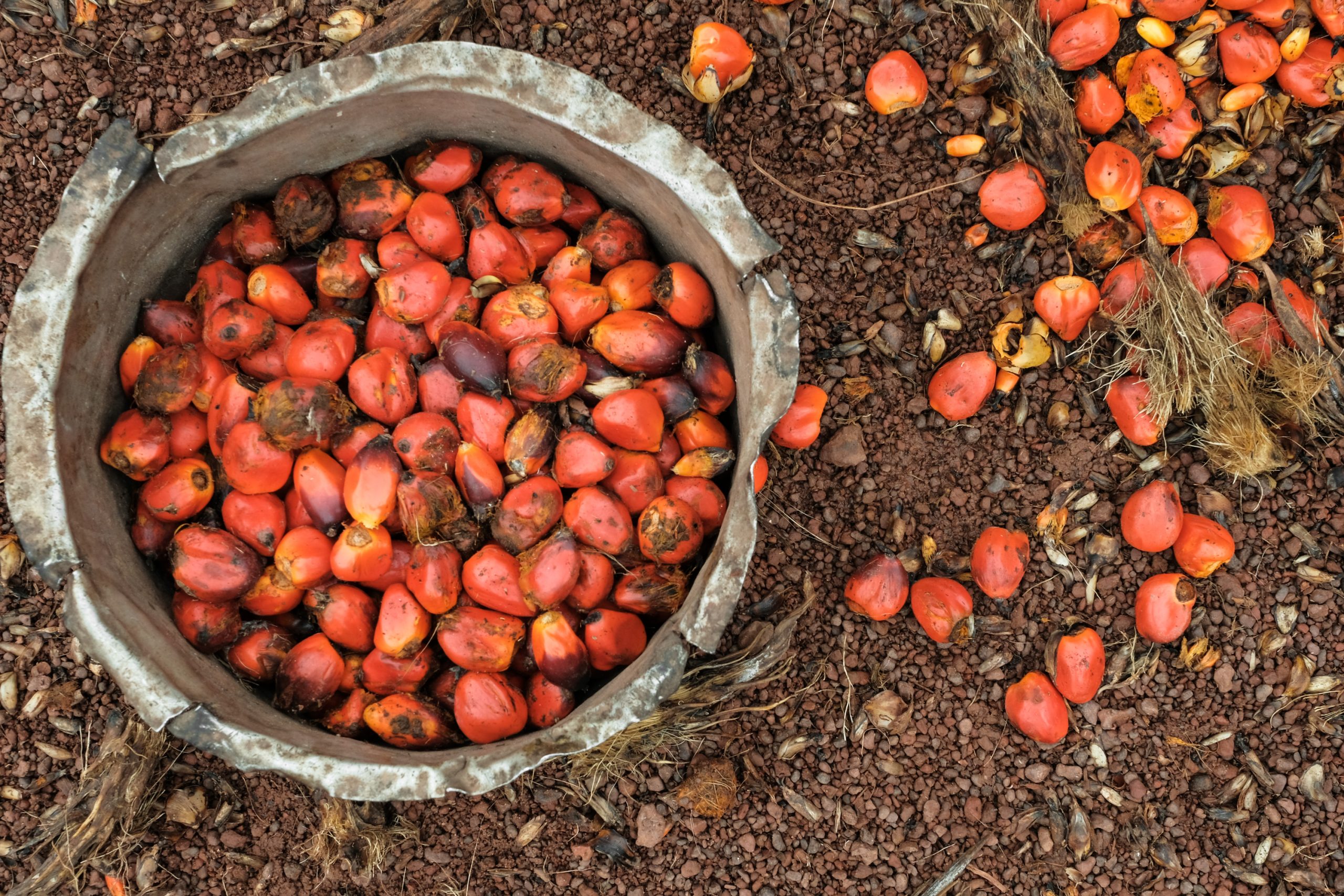
Ensure a local M&E system is in place to assess progress at the landscape/jurisdictional level. LandScale and Verified Sourcing Areas are systems being developed to measure landscape progress in standardized ways, and track actors’ contributions toward this progress.
- Lacking a credible and effective monitoring system, work with other stakeholders to design and build one that is transparent, impartial (assured via third party verification), generates relevant and high quality data, and tracks performance regularly over time. To that end, ISEAL Alliance and WWF have developed guidance on creating credible monitoring systems for L/JIs.

Integrate reporting on the L/JI’s progress into the company’s own sustainability reporting, using specific, measurable, achievable, relevant, and timebound (SMART) indicators that capture what results the company has set out to achieve.
Incorporate some or all of the L/JI’s sustainability targets within the company’s and ensure internal buy-in to be co-accountable for meeting them.
External conditions that improve likelihood of success
- No external conditions are required for this intervention to be a useful contribution to advancing sustainability at a landscape/jurisdictional level. Some companies may choose to share responsibility for an L/JI’s progress only when a multi-stakeholder body is driving implementation of already-defined targets. Others may want to commit to co-responsibility regardless, to signal the company’s long-term intent to invest in improving the region’s sustainability performance.
- Availability of dedicated staff and resources within the company and the L/JI to monitor and report on progress and use these as a management tool.
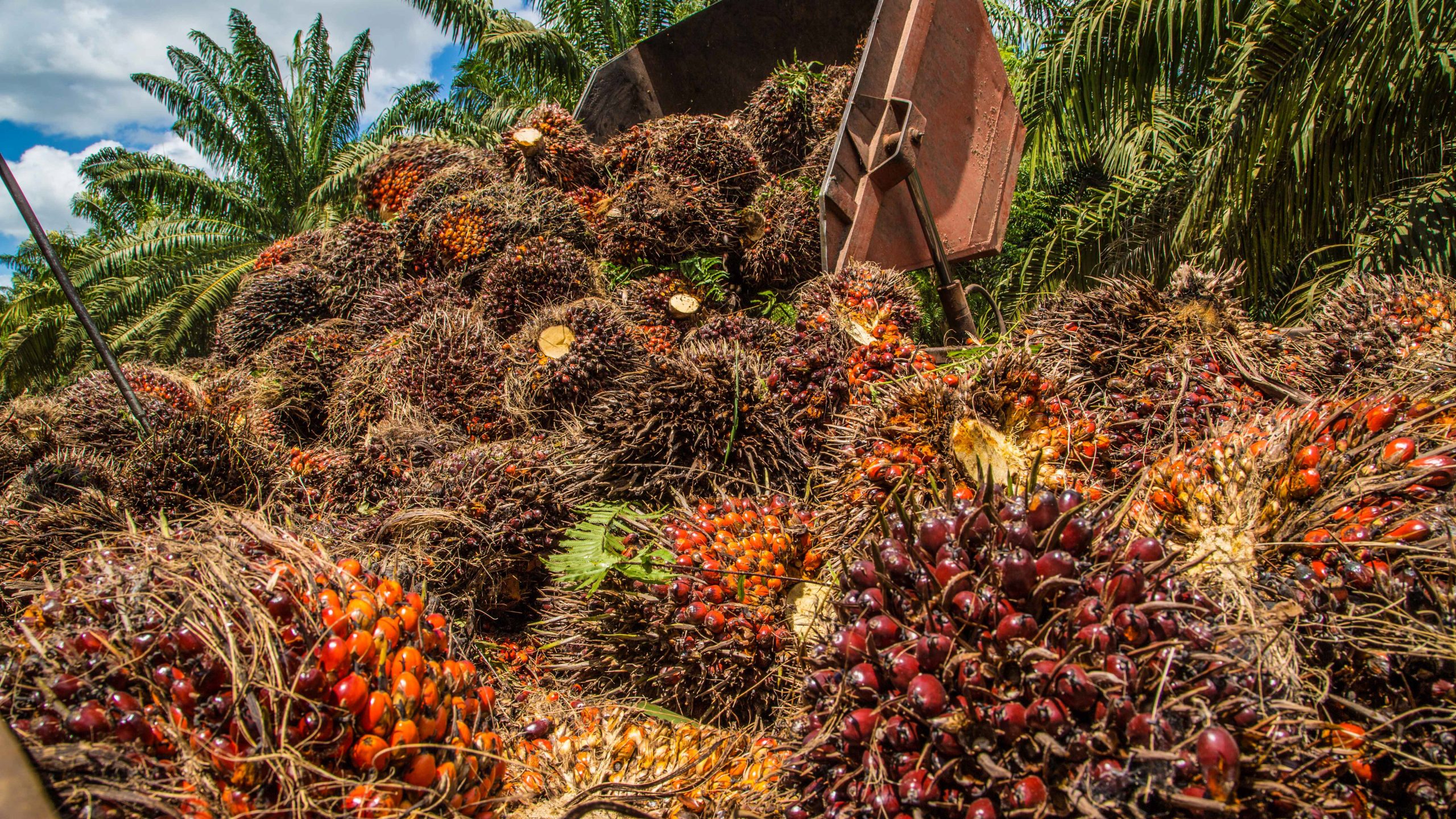
The business case for this intervention
- By taking on co-responsibility, a company signals, locally and globally, its long-term support for the sustainability objectives of a high value landscape/jurisdiction.
- Aligning a landscape/jurisdiction’s targets with its own can help ground and focus further actions the company might take to advance these targets.
- Public commitments to and reporting on L/JI results can attract other companies and NGOs with an interest in the same goals, creating new partnership opportunities.
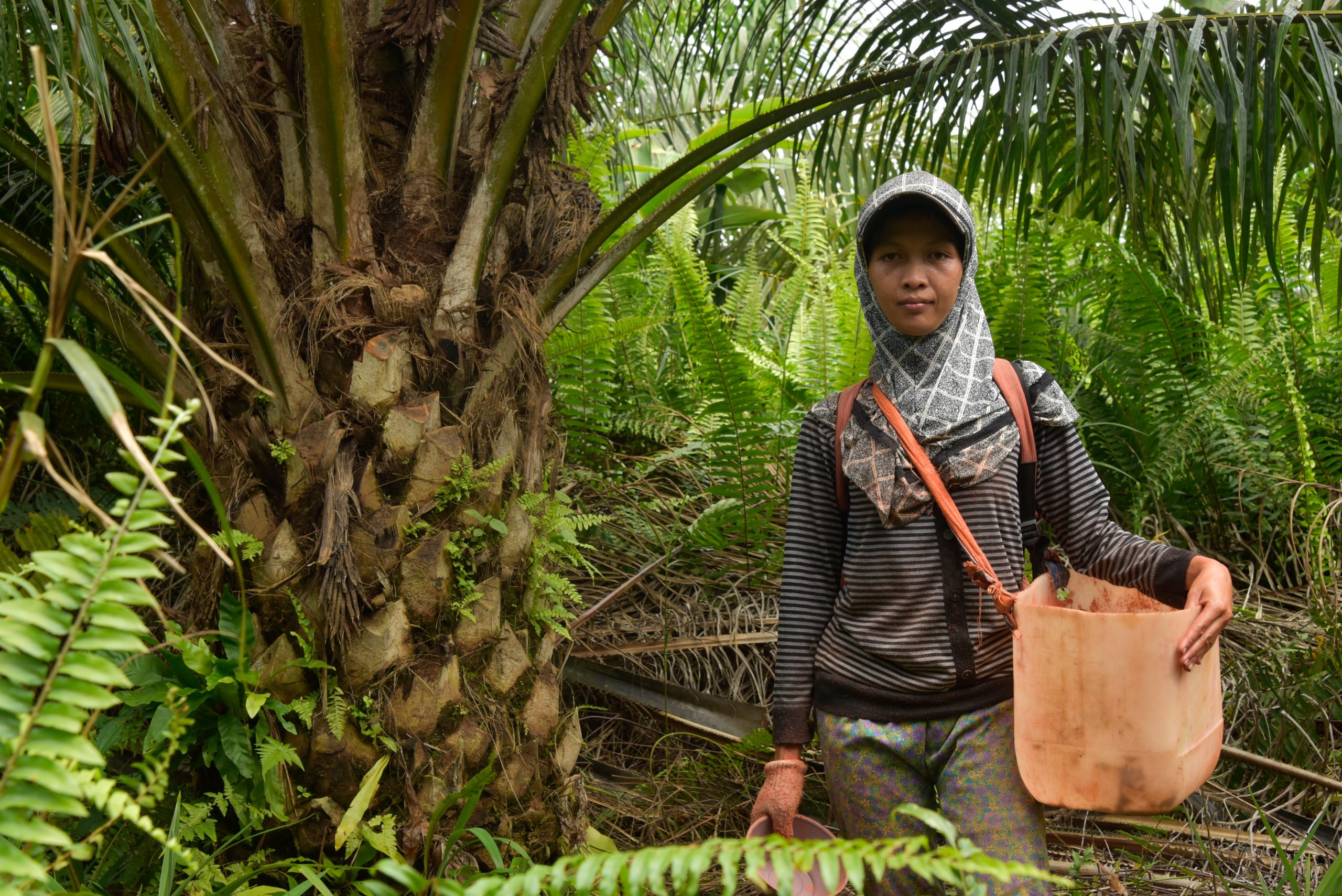
Duration of engagment
Long (3+ years)
Cost
($-$$$)
Assessment of legal issues
($-$$$)
Engagement with communities, producers, and government on legal issues
($$-$$$$)
Support to legalization processes
($$-$$$$)
Incentives for legal and sustainable production
In the real world
Licensing smallholder farms paves the way for certification
To advance jurisdiction-wide palm oil certification, Unilever teamed up with Earth Innovation Institute, Yayasan Inovasi Bumi, the Central Kalimantan Provincial Government, and the Kotawaringin Barat District Government. This partnership helped a cooperative of smallholder oil palm producers in Pangkalan Tiga village transition to legal and RSPO certified production systems. Through the project, farmers obtain formal land certificates, business licenses, and environmental permits to bring their production into the legal economy. The approach to legalization leverages technology to accelerate land registration, including mobile phone apps and open source geospatial information systems (GIS). The project also provides capital to establish extension services to smallholders to facilitate sustainability certification, offtake agreements for certified products, and other incentives for sustainable production.
Guatemala’s milestone in palm oil certification
In a milestone toward achieving RSPO certification in Guatemala, Cargill, Oleon, and Palmas del Ixcán worked closely with Solidaridad to support smallholder palm oil farmers to legalize their operations. The partners conducted smallholder environmental impact assessments, then submitted these to the Guatemalan government, which issued 91 environmental licenses.
Key points for companies
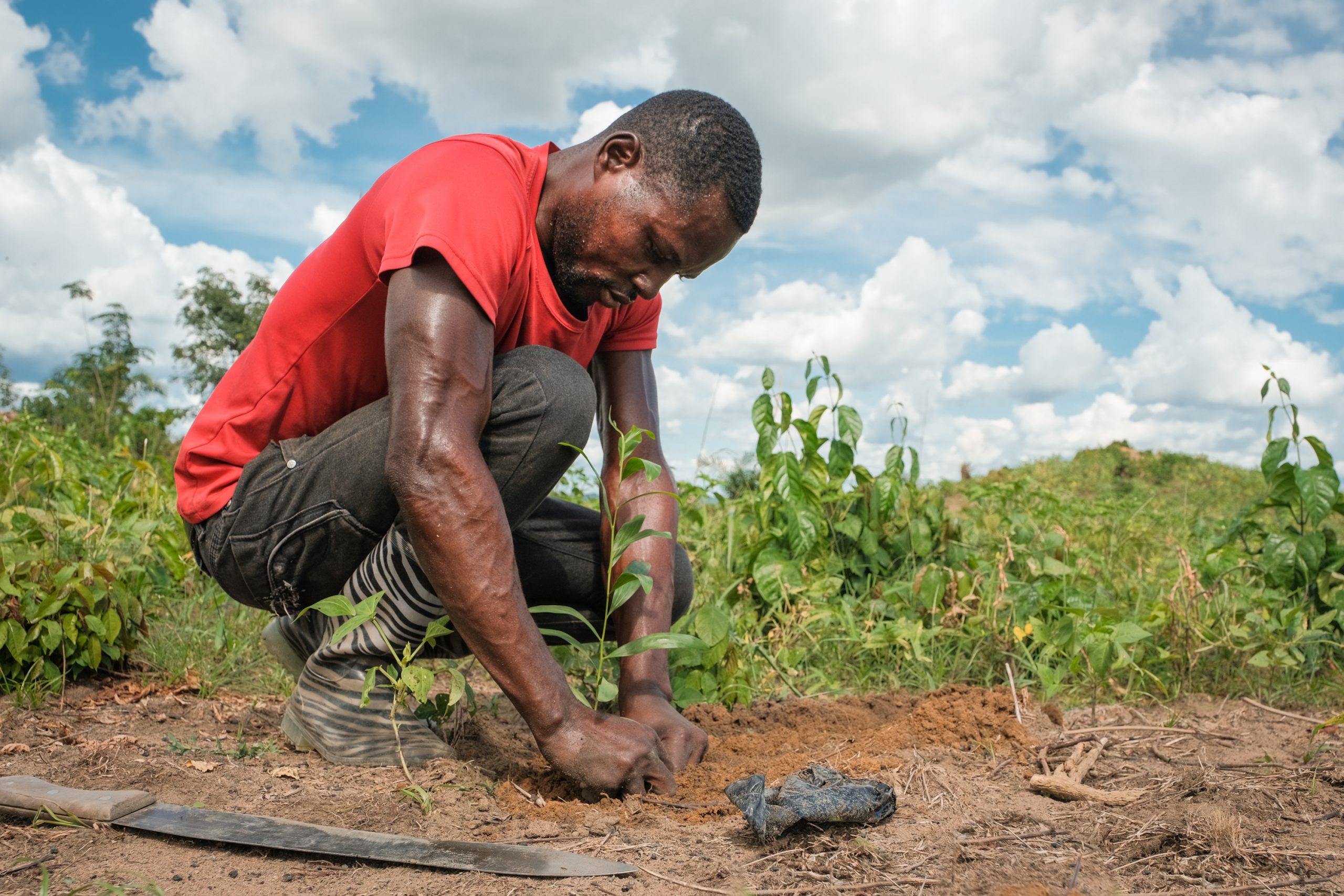
Determine whether the target landscape/jurisdiction has set a goal around legalizing commodity production. If so, companies should align their efforts with the L/JI’s goals and geographic priorities. Alignment could mean redirecting and/or expanding current legalization support or investing in programs delivered by others. Upstream companies with robust farmer outreach and hands-on training capacities may take on leading roles, while downstream companies are better positioned to provide funding and support legalization efforts from a distance.
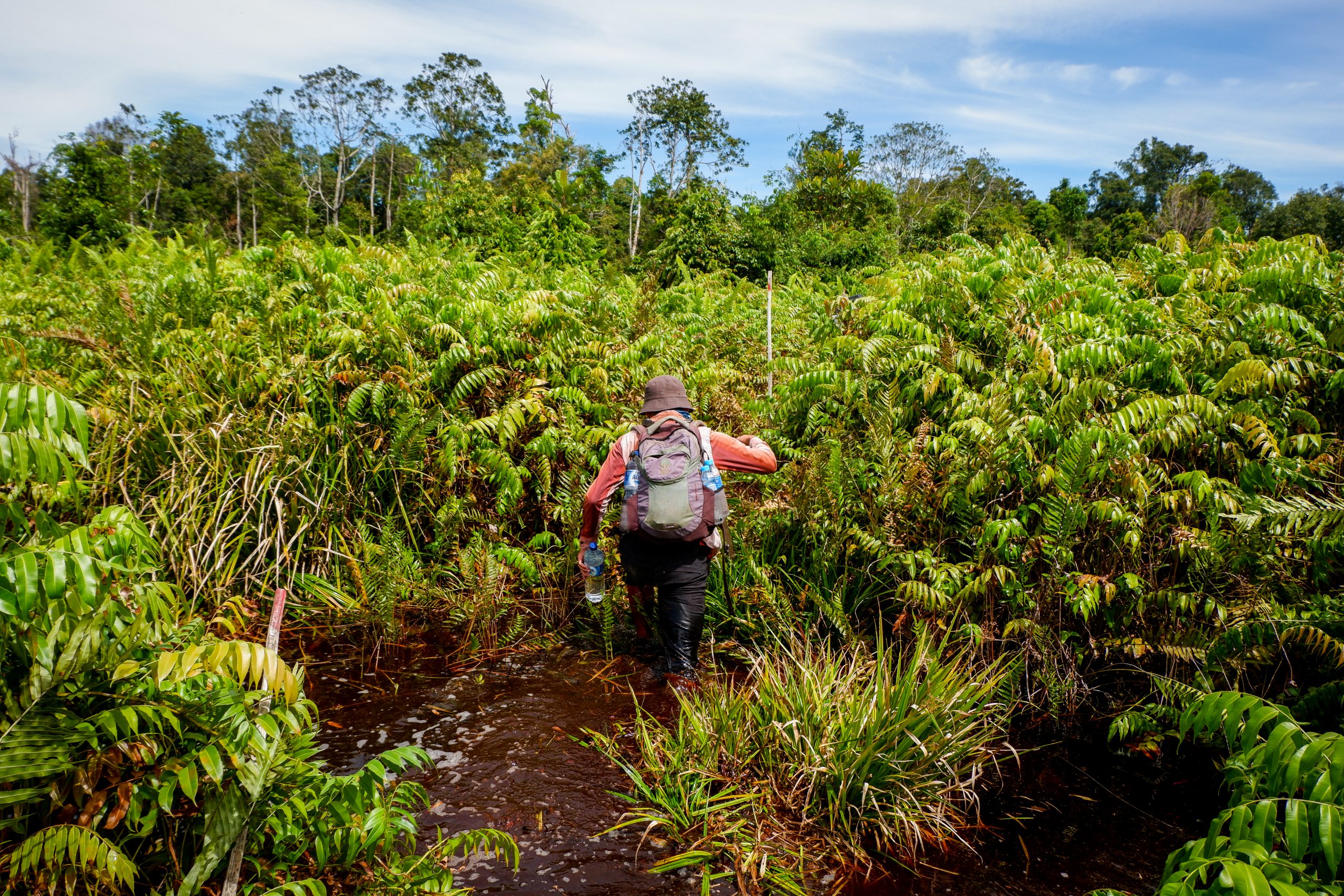
Assess the legal issues related to land tenure and identify the most significant obstacles to sustainable production. Multi-stakeholder working groups can offer diverse expertise and experience, while companies can provide legal expertise to identify bottlenecks and regulatory challenges that hinder legalization of smallholder production.

Clarify how legalization will contribute to sustainable conservation and production goals:
- Inside forest reserves, recognize land claims of Indigenous Peoples.
- Outside forest reserves, customary land tenure may conflict with government titling, or private land titling may be incomplete. In either case, the lack of clear land rights can create an informal and insecure land market that undermines incentives for individuals, cooperatives, and small enterprises to invest in sustainable production. Clarifying and formalizing tenure can support the security and sustainability of commercial production.

Government agencies play a central role in galvanizing and legitimizing any multi-stakeholder legalization initiative. If agencies with authority over land rights are not already part of the multi-stakeholder group, participating agencies or companies with the right relationships can wrap them into the discussions.
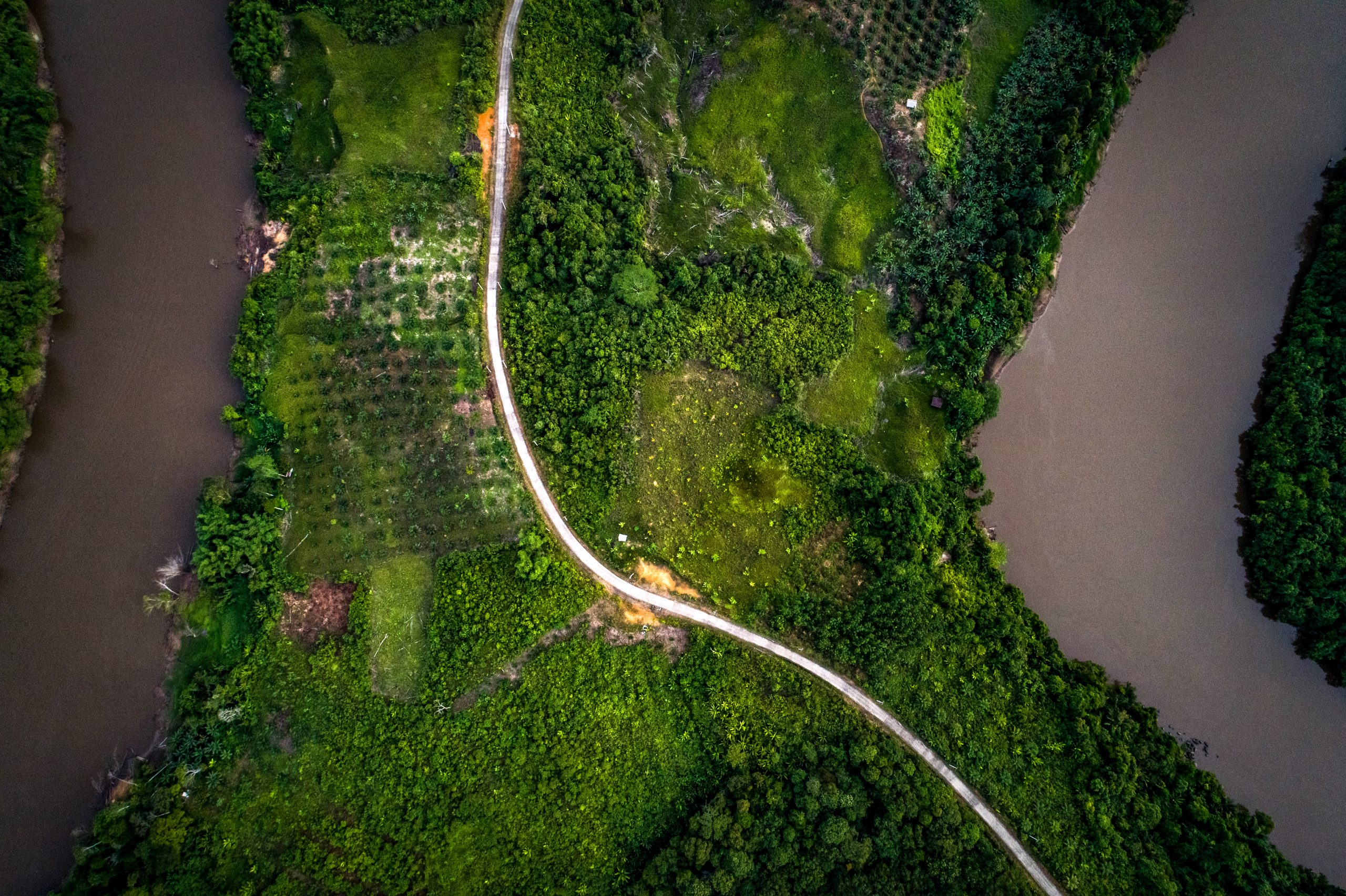
To resolve legal issues, companies should prepare to do substantial outreach, support, and dialogue.
- To help resolve tenure conflicts, companies can provide funding for technical expertise, mediation, and other services.
- Where there is informal production, companies can incentivize farmers and local traders to register and become licensed by committing to purchase from them, and/or by offering other services and support.
- Companies can also advocate with government agencies to simplify administrative requirements for small-scale commercial production.
External conditions that improve likelihood of success
- Political will and support from government regulators of land and agriculture
- Multi-stakeholder participatory design of the intervention
- Land use planning and zoning at local and jurisdictional levels to ensure legalization focuses on land that can support sustainable agriculture, and does not creates new incentives for deforestation
- Beneficiaries of legalization can access incentives and capacity building to become sustainable producers

The business case for this intervention
- By legalizing commodity production, companies can make progress on their sustainability goals, particularly for commodity sectors in which smallholder production comprises a significant share of overall production (including oil palm, coffee, cacao, rubber, and timber).
- Companies that invest in legalization can increase the availability, diversity, and reliability of supply of sustainably produced products.
- Companies can attribute multiple co-benefits and value added to modest supply chain investments, including enhanced food and water security, health, education, and general socioeconomic well-being of participating farmers.
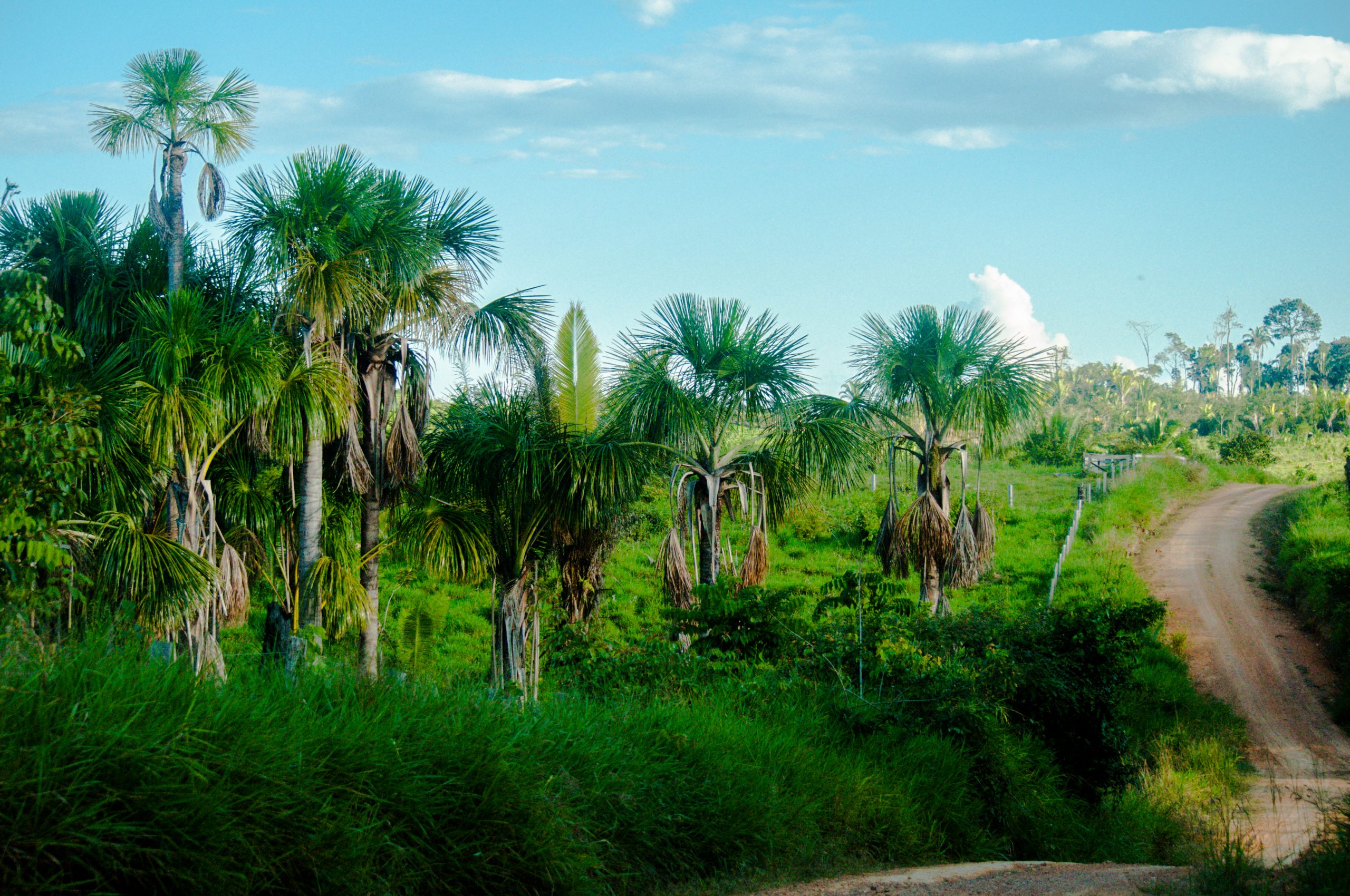
Duration of engagment
Medium-Long (2 years for baseline assessment and planning; 5 years to achieve self-sustaining alternative livelihoods)
Cost
($)
Staff time to liaise with jurisdictional governments and communities
($)
Costs associated with workshops and meetings
($)
Training on developing new products, entrepreneurship, and attracting investment (e.g. business and investment plans)
($$)
Participatory socio-economic studies to identify gaps, needs, and opportunities
($$)
Processes to implement FPIC, when needed
In the real world
While companies have long helped farmers and communities to diversify livelihoods, few have done so as part of landscape/jurisdictional strategies. The following cases include some in which companies have taken important action in the absence of agreed or clearly articulated L/JI goals and priorities. If undertaken in the context of an L/JI, the same actions can leverage partners’ efforts and help to deliver significantly greater impacts.
West Africans cook food without consuming forests
Nestlé has distributed over 800 efficient cookstoves in Côte d’Ivoire and Ghana to reduce pressure on forests and improve family health. The company has also helped establish village savings and loan associations for over 9,400 people to finance their small business opportunities.
Preventing future unemployment-driven deforestation
Golden Agri-Resources (GAR) offers livelihood packages to the communities that supply its labour force. The company recognizes that automation trends in palm oil production will displace labour and erode jobs over time, at which point underemployed workers may take up unsustainable practices to make up lost income. To anticipate and mitigate this risk, the company livelihood package includes training, support with agricultural inputs, and market access for activities like yield improvement on rubber plantations, organic farming, and aquaculture. GAR also manages an outgrower scheme, in which smallholder cooperatives gain dedicated training to convert non forested community land into productive plantations.
Boosting productivity, shrinking farmland footprints
Hershey’s has invested in increasing the economic resilience of cocoa farmers by supporting over 14,000 farmers in sustainable livelihood and income diversification programs. These programs provide training on cassava and plantain production and other income generating activities, which may help farmers earn enough that they need not expand their farm footprints. It has also helped to establish almost 200 Village Saving and Loan Associations, totaling over 5,000 farmers, to educate communities on responsible saving, borrowing, and investment. These Associations have provided over US$ 250,000 in loans to support education and micro businesses.
Earning income without jeopardizing Ghana’s forests
In 2018, Benso Oil Palm Plantation (BOPP) partnered with communities in Ghana’s Adum Banso traditional area, Proforest, and Partnership for Forests to address challenges faced by smallholder palm oil producers. This initiative trained farmers on social and environmental best practices for growing palm oil and worked with local NGOs to develop alternative livelihood schemes to prevent further clearance of forest frontiers. Over time, stakeholders formed local Forest Landscape Governance Board Committees to oversee efforts to protect forests and reduce social impacts in the area.
Key points for companies

Determine whether the target landscape/jurisdiction has set a goal to promote additional or alternative livelihoods to those that drive forest loss or environmental degradation. If so, companies should align their efforts with the L/JI’s goals and geographic priorities. Alignment could mean redirecting and/or expanding current livelihoods support or investing in programs delivered by others. Upstream companies with robust community outreach capacities can take the lead in training for alterative livelihoods, backed by funding and incentives from downstream companies.
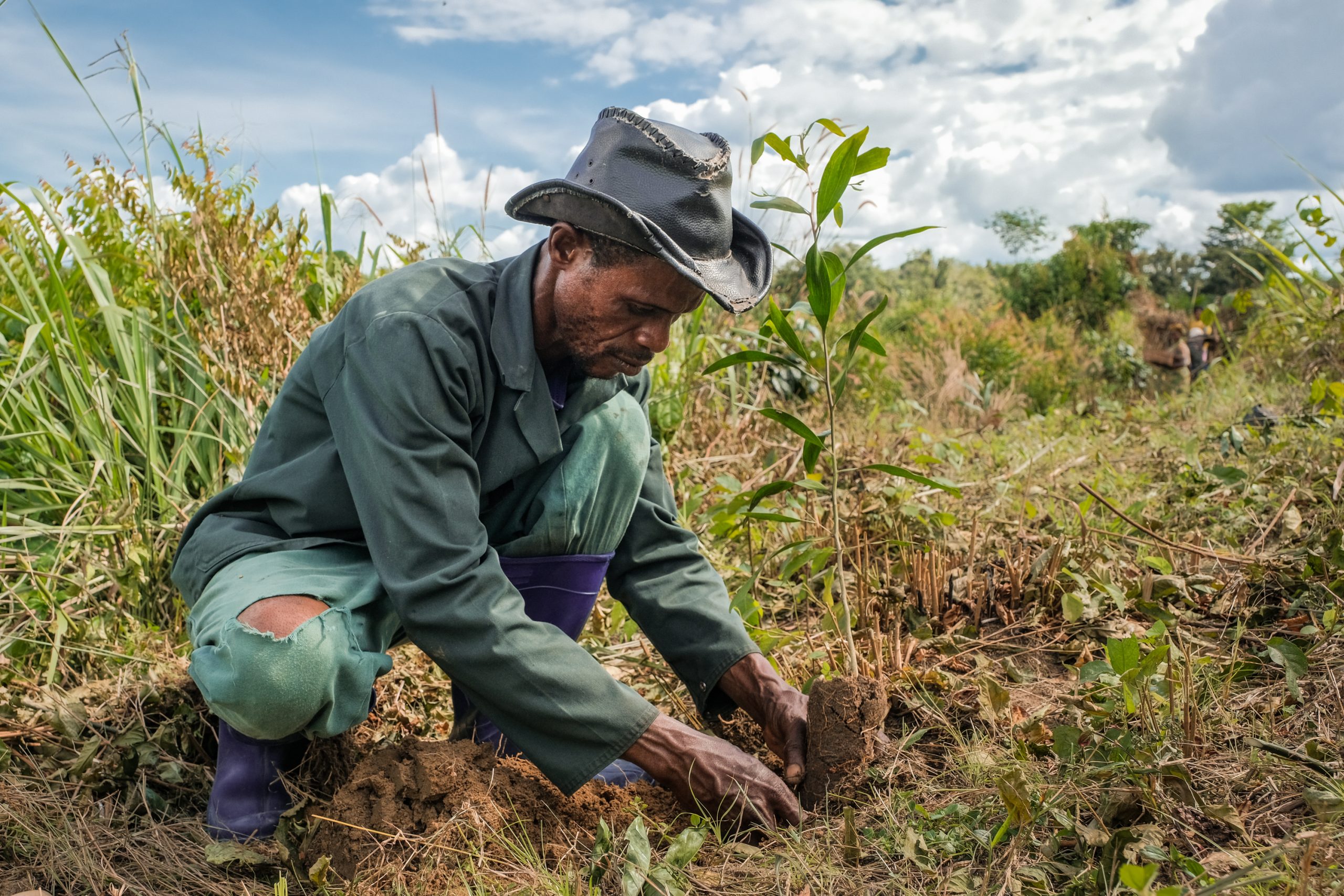
Companies can support additional/alternative livelihoods if they:
- Identify value-addition opportunities within the supply chain
- Support crop diversification through land assessment, farmer extension services, and long-term commodity purchasing programs
- Promote other viable business opportunities that generate non-farm employment in target communities (e.g. clean energy, clean water, education)
- Help farmers develop financial literacy, management, and entrepreneurship skills
- Invest seed capital into micro-finance for small and medium enterprise development (directly and with local, national, and international co-investors)
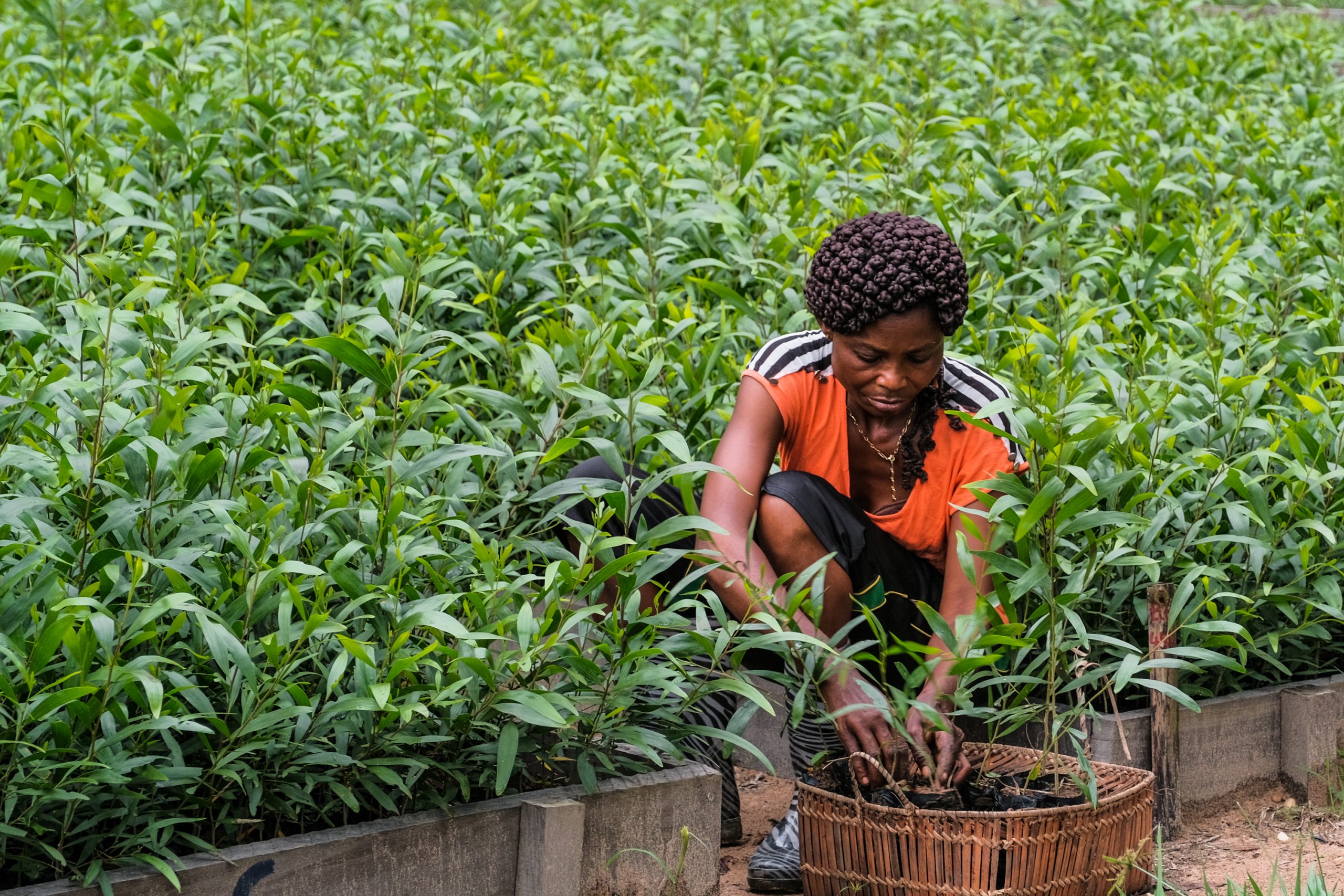
There are various strategies to unlock additional or alternative livelihoods:
- Support stakeholder mapping and analysis to identify who needs what outcomes, and why. Collaborate with an organization that has a track record supporting community economic development. Then help stakeholders establish governance structures, appropriate smallholder schemes, livelihood models, and mechanisms for monitoring and evaluation.
- Identify alternative livelihood opportunities in the company’s operations and supply chains that are consistent with the strategies of the L/JI. For example, companies could promote alternative crops in suitable locations, invest in shared processing plants, and expand economic opportunity to women.
- Open new alternative livelihood opportunities by contributing business planning expertise, funding the provision of relevant expertise, and encouraging and supporting the participation of relevant suppliers. Specific arenas for support include:
- Business models: conduct market research on service industries and sustainable forest-based, agricultural, or non-natural resource products; product development; market testing; business plan development; legal entity establishment
- Human resources: assess capacities and bridge gaps for village planning groups, community-based entrepreneurs, innovation hub managers, business expert rosters, and government economic development agencies and programs
- Institutional and policy dynamics: assess how best to integrate new products and services into local and regional economic development plans and programs, as well as changes needed to regulatory frameworks to enable and incentivize community-based enterprises and regional industries
- Investor communication and outreach: identify potential investors and engage them through a well-developed communications and marketing effort; present a compelling business opportunity, facilitate due diligence, and broker relationships
- Train and build the capacity of local communities to establish and run small businesses. Communities often need help promoting a savings culture to boost their financial management skills and credit worthiness. Companies should align support with the L/JI’s objectives, with an eye to helping today’s new businesses become future sustainable supply chain partners.
- Promote regular progress reports to the L/JI from beneficiaries trained in alternative livelihoods.
External conditions that improve likelihood of success
- Clarity on communities’ gaps, needs, and opportunities
- Communities feel ownership of any alternative livelihood options that arise
- Livelihood opportunities are grounded in viable markets, as grant/donation-based opportunities have limited or short-lived impacts
- Stakeholders enjoy free, prior, and informed consent (FPIC) when required
- Secured market access and purchasing agreements for new products that are developed
- The system for education and skill development (i.e., vocational study) is aligned with landscape/jurisdictional priorities
- Smallholders have access to finance, particularly seed funding to initiate and/or upscale their businesses
- Communities are familiar with real success stories to overcome their reluctance to change livelihood models
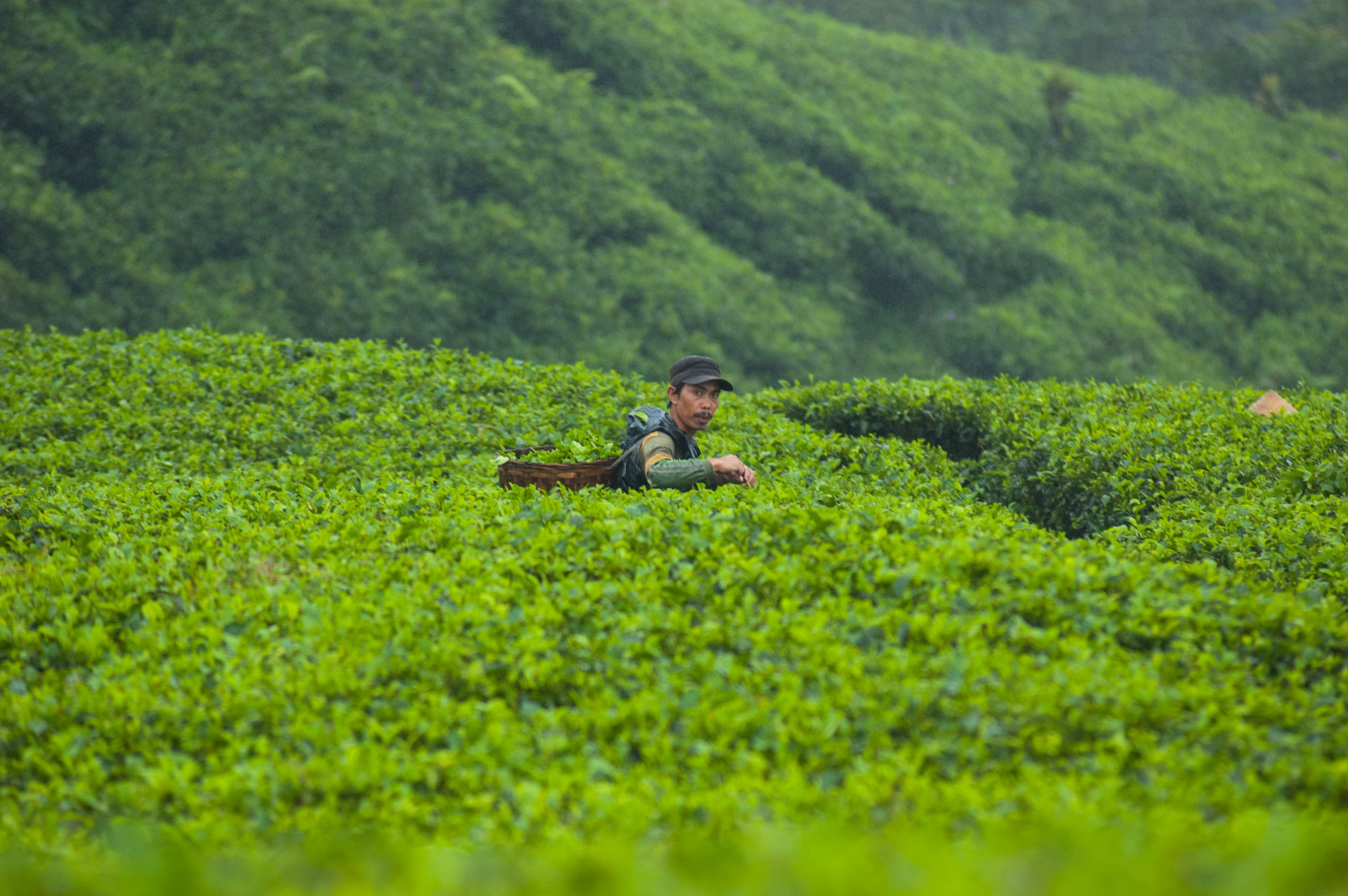
The business case for this intervention
- By supporting livelihood activities, a company can generate goodwill, build long-term relationships, and enhance its social license to operate, thus reducing potential costs of community conflict and reputational risk.
- To the extent that communities are company suppliers, company support may engender loyalty and gain an advantage in a seller’s market.
- Building market-based alternative livelihoods can create opportunities to source new products and develop new markets.
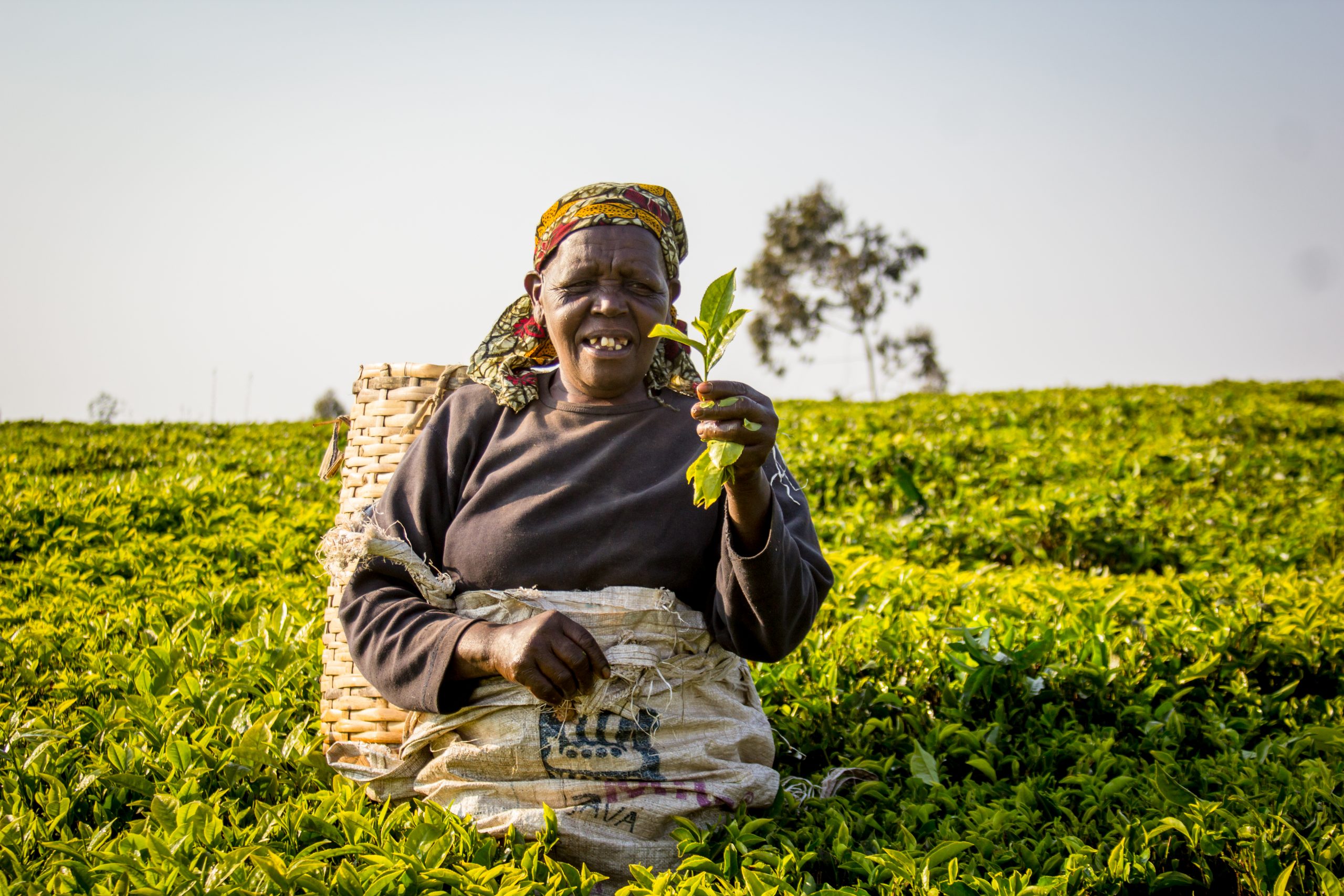
Duration of engagment
Long (3-5 years)
Cost
$$-$$$$ depending on scale of restoration, availability of other sources of funding, and extent of existing capacity (staff nurseries, monitoring systems, etc.)
In the real world
Restoring forests in Malaysia
To support the conservation goals of Sabah, Malaysia, Unilever is funding the restoration of 1,400 ha of riparian forests and wildlife corridors. Unilever funds have enabled a local timber plantation company, Sabah Softwoods Berhad, to restore a wildlife corridor that links large blocks of intact forest. This has allowed elephants and other species to travel between forest areas unimpeded, which has dramatically reduced loss of revenues due to crop damage on plantation land. There are also plans to restore riparian reserves, where oil palm trees were wrongly planted up to riverbanks, which will protect rivers from sedimentation and rehabilitate pathways for wildlife movement.
Leveraging agroforestry for landscape restoration in Indonesia
Working with Conservation International and the Tapanuli Selatan district government in North Sumatra,Indonesia, Unilever has initiated a 100 ha agroforestry pilot that will restore native trees to the landscape. By training farmers to make money from multi-species agroforestry systems, the pilot also will help stem illegal incursions into the forests for small scale palm oil production. The initiative is intended to serve as a best practice model for transitioning smallholder production in support of the district-wide goal to restore 21,000 priority hectares and the province-wide goal of restoring 500,000 priority hectares by 2030.
Co-planting forests and food to restore degraded landscapes in Ghana
Mondelēz International is supporting restoration of 400 ha in Ghana’s Brong Region in collaboration with Ghana’s Forestry Commission, UNDP, and communities around the Ayum Forest Reserve. With government permission, Mondēlez and UNDP advanced restoration in the Reserve using the Modified Taungya System, whereby farmers receive access to degraded areas for planting trees interspersed with food crops until the tree canopy closes. The partners created nurseries to raise native tree seedlings chosen for ecological fit and utility to local communities, distributed 2 ha plots to farmers, and are developing a scheme to pay participating farmers for environmental services.
Unlocking Brazil’s basin-level restoration priorities
In partnership with WWF and local NGOs, International Paper (IP) and HP are funding restoration of 600 hectares in Brazil’s Atlantic Forest biome. IP funds have supported prioritization of land parcels for restoration in São Paolo and Minas Gerais states, convening local stakeholders to agree on the prioritization and implementation strategies, landowner outreach, planting operations, and monitoring of plantings. HP funds are leveraging this investment to expand the area restored in São Paolo state, and to replicate this work in Paraná and Rio de Janeiro states. These efforts are advancing basin-level restoration priorities to protect riparian areas and ensure connectivity of key biodiversity habitats.
Key points for companies
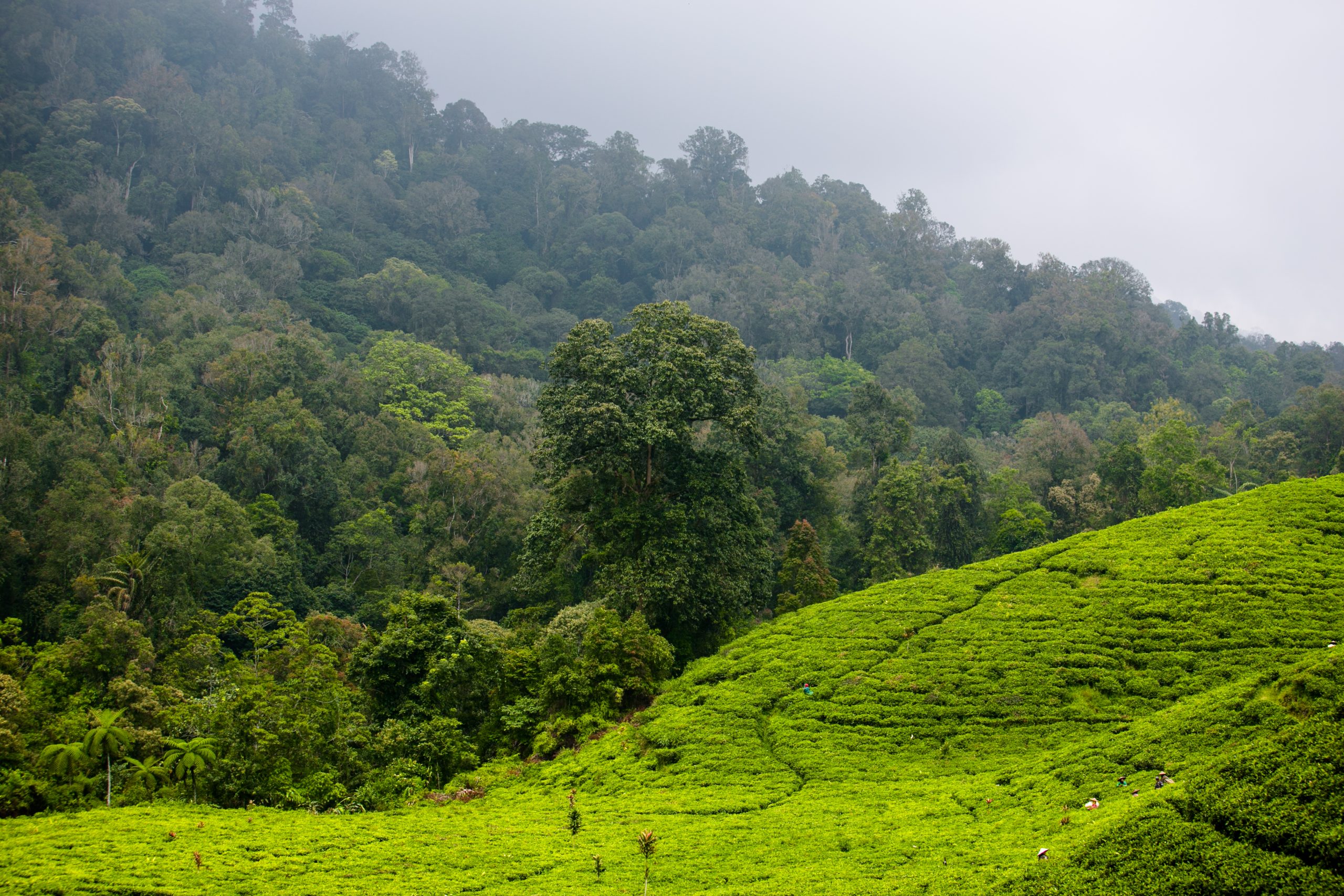
Determine whether the target landscape/jurisdiction has identified the extent and type of degradation, set a restoration goal, and mapped areas in need of restoration. If so, support restoration in one or more prioritized areas.
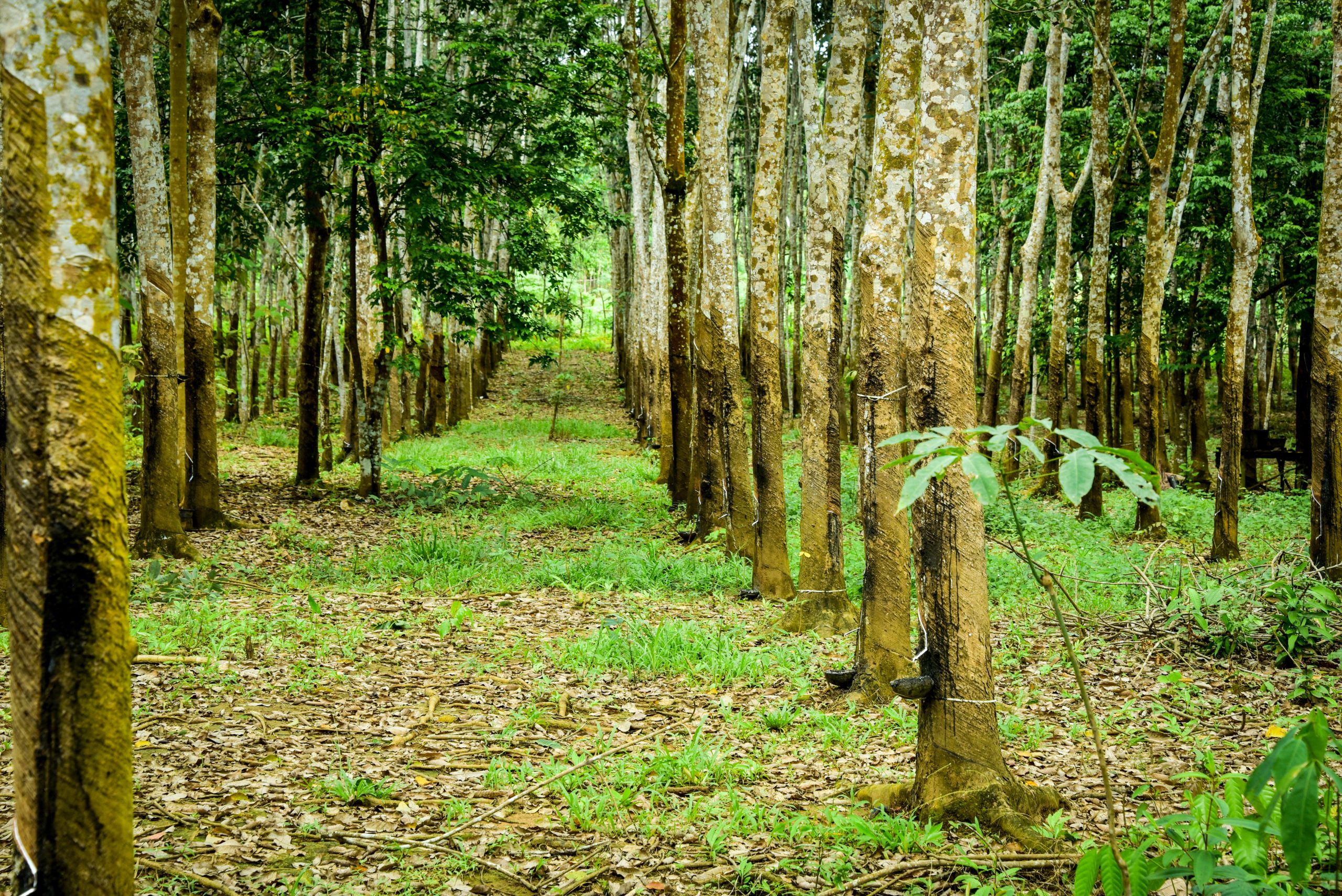
If restoration goals have not yet been set, work with other stakeholders in the landscape/jurisdiction to define them (see “Co-design jurisdictional goals, key performance indicators (KPIs), and implementation strategies”), knowing that long-term sustainability must mitigate the underlying causes of deforestation and degradation.

If restoration areas have yet to be prioritized, work through the L/JI with local experts (e.g. government agencies, NGOs, universities, naturalists) to determine where restoration would have the highest impact. Optimal locations maximize benefits for nature (e.g. habitat connectivity, water flows) and communities (e.g. non-timber forest products, poverty reduction, health) at the lowest cost.

Fund local partners to procure tree seedlings and cover the costs of planting them in prioritized areas. If nurseries can’t provide enough seedlings to match the scale of planned restoration work, consider funding their expansion and partnering with botanical gardens. Funds are also needed for maintenance and monitoring to ensure plantings survive.
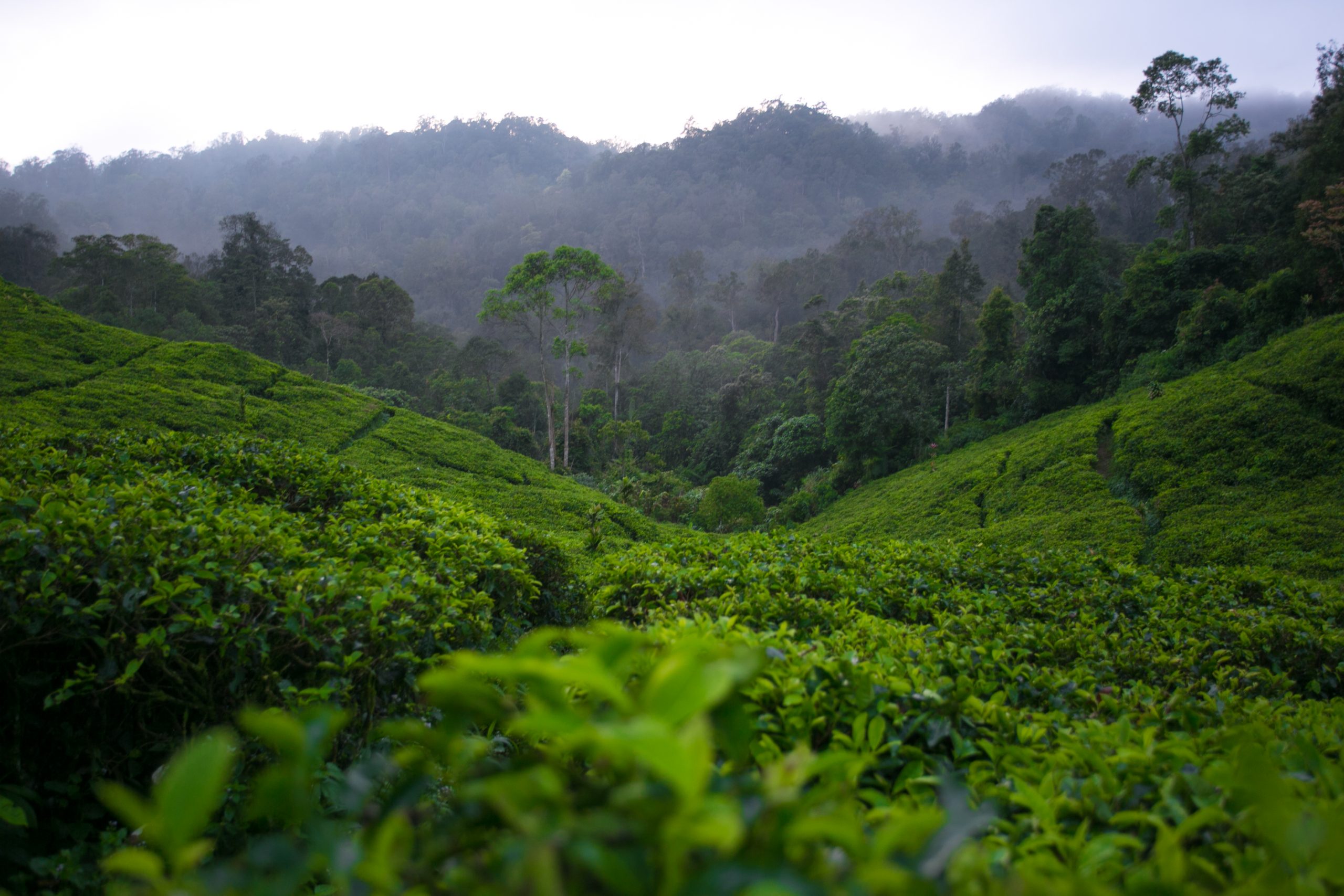
As restoration includes not just direct costs (e.g. buying, planting, and weeding around seedlings) but also opportunity costs to landowners from not farming on restored land, companies should pay landowners and managers for environmental services generated when they reserve and maintain portions of their land toward restoration. Establishing a system for ongoing payments increase the odds of long-term success. Companies can offer premium crop prices to farmers undertaking restoration, make direct payments based on evidence of continuing restoration, or contribute to restoration funds at the community or landscape/jurisdictional level. To ensure that incentives to maintain restored areas endure, companies should position other entities to take on these payments over time.
External conditions that improve likelihood of success
- A comprehensive forest landscape restoration assessment has identified degraded land and priority areas for restoration
- The landscape/jurisdiction has built consensus on restoration objectives for its natural and human communities
- Nurseries can supply the right tree species, and protocols are in place for seed collection, restoration planting, and maintenance
- Farmers are willing to engage in restoration activities
- Qualified agricultural/agroforestry/forestry experts are available to train and support landowners/communities to undertake restoration
- Effective systems are in place to monitor and verify restoration efforts
- There are enough public and private funds to scale restoration, then support monitoring and maintenance
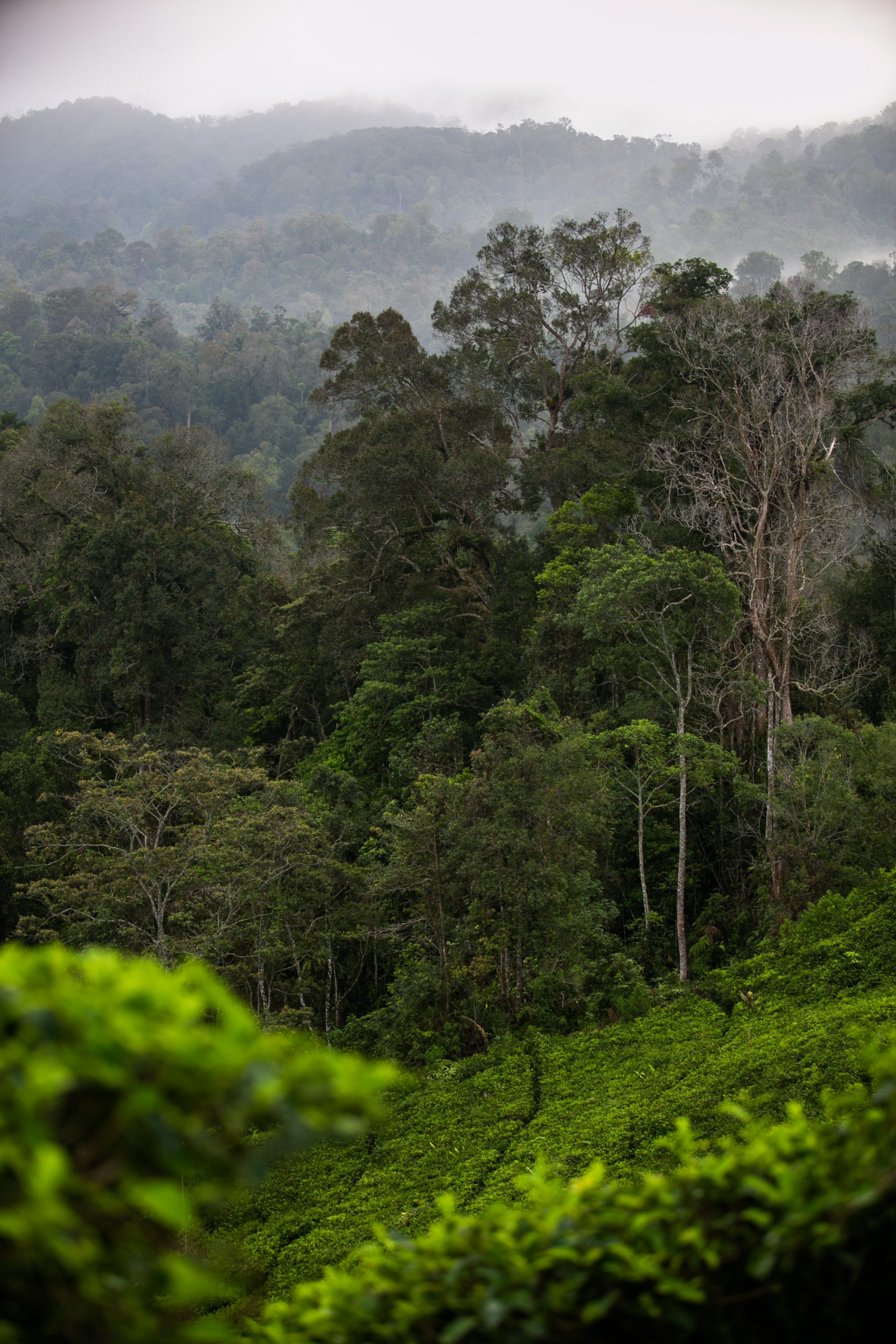
The business case for this intervention
- By working with diverse stakeholders to prioritize areas for restoration in the landscape/jurisdiction, the company promotes synergies in the region and reduces the risk of conflicting objectives or competing interventions.
- By supporting restoration as part of an L/JI, the company helps reverse deforestation both inside and outside its operations or those of its suppliers.
- Restoration can help a company demonstrate and fulfil its commitments to conservation, sustainability, and emissions reduction beyond the scope of its own production or sourcing.
Duration of engagment
Short-Medium: training (1-3 months); engaging with a fund to support smallholders (1 year); providing loans, guarantees, or offtake agreements or (up to 3 years).
Cost
($)
Staff time to engage with government and/or private financial institutions to create/improve a development fund to support smallholders
($)
Staff time and/or funding to train smallholders on financial basics
($-$$$)
Direct loans to smallholders
($$)
Guaranteed smallholder loans or offtake agreements
In the real world
Many companies help smallholders gain access to financing, but these efforts have rarely been connected with broader landscape/jurisdictional strategies. If undertaken in the context of an L/JI, the same efforts can leverage partners’ works and deliver significantly greater impacts.
Lending cash to conserve the forests’ future
In Ucayali, Peru, the French chocolate company KAOKA signed a long-term partnership agreement with a cocoa producers cooperative (Collpa de Loros), which leveraged the agreement to lower its risk profile when seeking a loan. The loan enabled the cooperative to invest in cocoa harvesting and processing infrastructure, rehabilitate 200 hectares of cocoa plantings to increase yields, and develop demonstration plots to boost productivity even further. The cooperative also received the equivalent of a US$285,000 loan guarantee from a regional development fund established by the Ucayali government (FONDESAM), on condition that it agreed to maintain existing forest cover on the individual producers’ farms. About 100 smallholders were able to use this credit guarantee to access a US$385,000 bank loan at an interest rate 5% lower than the prime rate offered by the traditional agricultural lender, Agrobanco. The Ucayali government is now working to scale and replicate the successful financing of this cooperative by developing a technical assistance and financial incentive program for producers that adhere to sustainability criteria contained within the regional government’s Marca Ucayali initiative.
Leveraging loans to transform palm oil production
In Colombia, Cargill is teaming up with Solidaridad and Oleoflores to offer loans used by farmers to implement sustainable palm oil production practices. Under this program, a credit scoring tool considers farmers’ agronomic practices, collateral, and capacity for repayment to show which farmers are eligible for loans. The program aims to extend credit to more than 5,000 farmers across the country.
Key points for companies
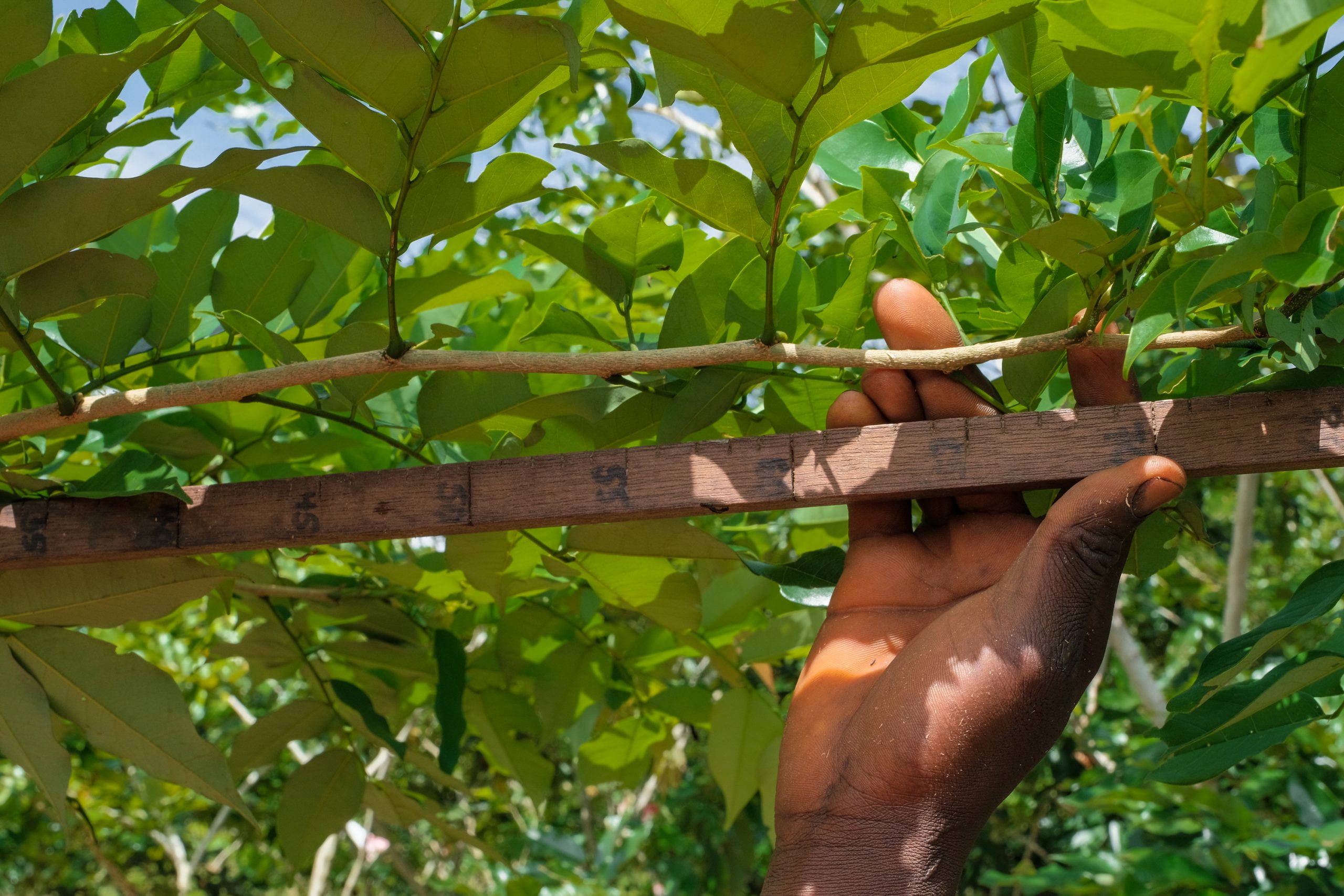
Determine whether the target landscape/jurisdiction has set a goal around enhancing smallholder finance in support of sustainable production. If so, companies should align their efforts with the L/JI’s goals and geographic priorities. Alignment could mean adjusting their own existing efforts or investing in programs delivered by others. Upstream companies with capacity to engage smallholders should take the lead; downstream companies can provide funding to support financing programs.
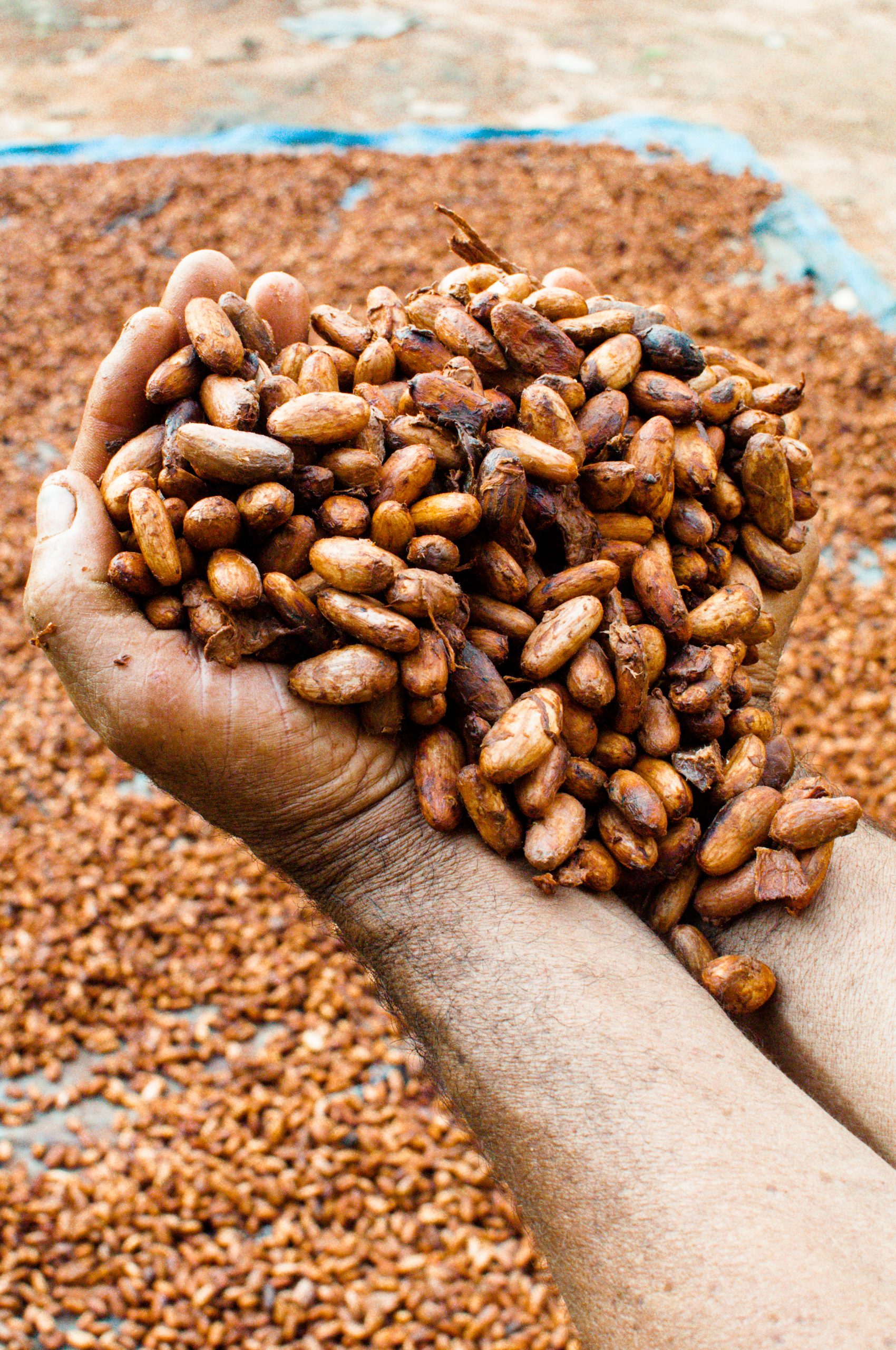
Identify which smallholders need to participate to meet landscape/jurisdiction-level conservation and sustainable production goals, and determine what they need to succeed:
- If not already organized into groups, encourage smallholders to do so, with help from local civil society organizations.
- Identify the financial hurdles that prevent smallholders from earning a living in a way that protects forests and meets other conservation goals.
- Design interventions in a way that links financial access to forest protection and/or soil conservation, better cropping practices, etc.
- Ask smallholder participants to provide geo-coordinates (an effort eased by technical assistance) for their plots, thus enabling remote sensing to monitor performance and ensure compliance with forest conservation agreements.
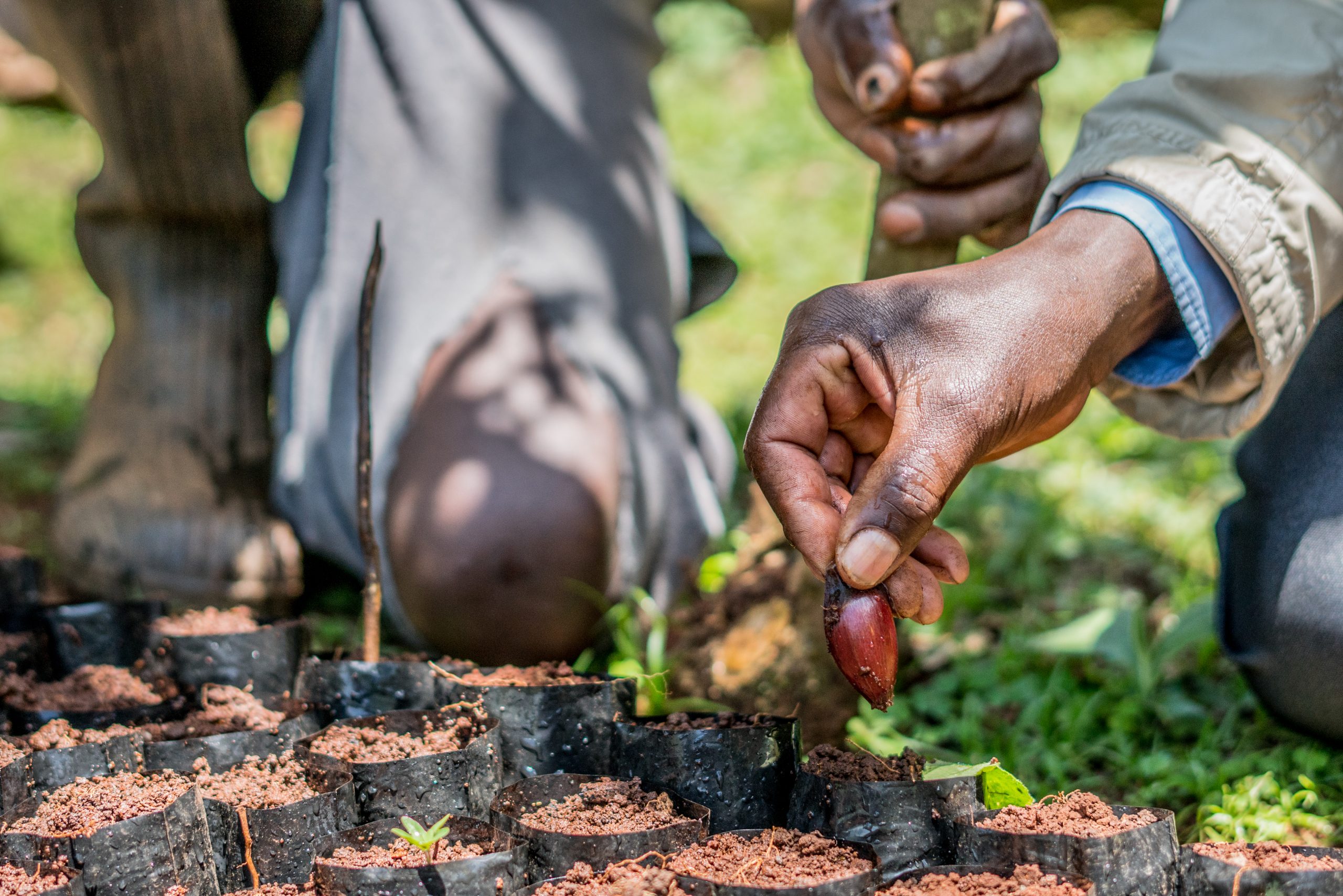
Tailor the specific form of a company’s intervention should to the identified financial hurdles:
- If farmers lack capital to invest in sustainable practices, a company could provide long-term contracts to help them access loans with reasonable terms. That would enable smallholders to make the needed investments yet maintain their livelihoods for the loan’s duration.
- If farmers lack experience or comfort dealing with banks, a company could help train them to engage in the formal financial market. Smallholders could especially benefit from assistance in creating the formal business plans that lenders require before deciding to extend credit. A company could also foster relationships between smallholders and a microfinance, regional, or national financial program/institution. They are uniquely positioned to show the big picture of how access to finance can build financial security, and can help smallholders gain saving, borrowing, and repayment experience.
- If farmers can’t provide lenders with a loan guarantee, or collateral, a company could step in to guarantee loans on smallholders’ behalf. It could also negotiate long-term offtake agreements with smallholders for the commodities they produce, which could serve as collateral for their loans.
- If farmers are so small or remote, they can only access disadvantageous loan terms, a company can offer supply chain financing, extend other forms of credit, or offer small loans to these farmers directly. Such alternative loans should offer terms on par with traditional financial institutions, structured flexibly enough to account for the more challenging environments smallholders face. Alternatively, a company might advocate and work with government to create or improve a development fund designed to finance smallholders that have difficulty accessing credit from traditional lenders. In both cases, the company should streamline the loan process, for example by creating a way for smallholders to prequalify their business plans with potential funders.
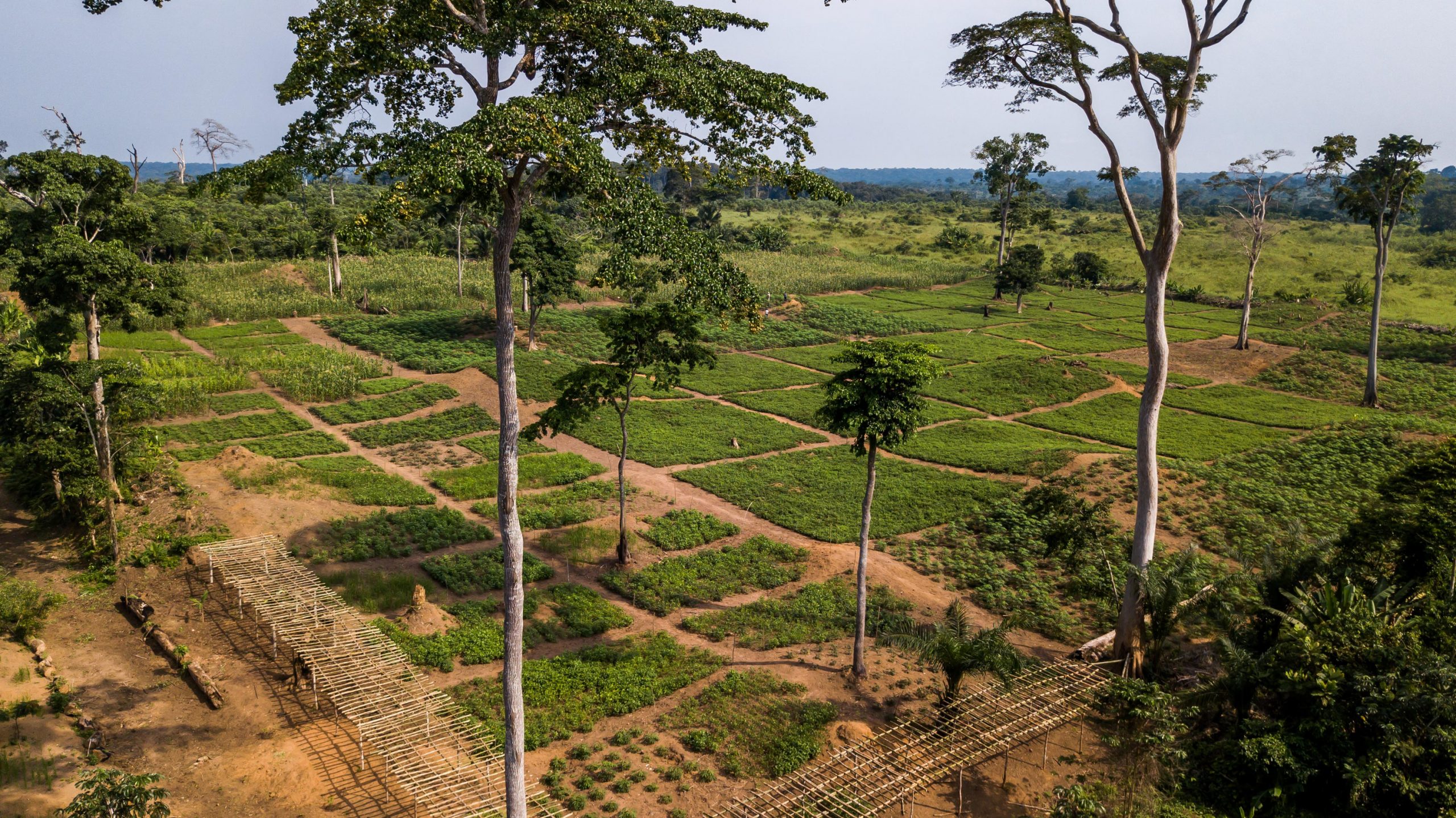
Consider both up-front financing to support a transition to sustainable production, and results-based payments that reward smallholders and communities for maintaining forest cover and other valuable natural resources in the landscape. Results-based payments can take the form of: renewable offtake guarantees, where renewal is contingent on forest protection; periodic direct payments to households, cooperatives, and/or community funds for forest protection; and/or contributions to jurisdiction-level or national funds (for example, REDD+ funds) that are allocated to communities and smallholders by an L/JI in exchange for forest protection.
- Where local laws provide payment for environmental services, companies can connect smallholders with information about how to access these funding streams.
External conditions that improve likelihood of success
- The existence of smallholder cooperatives significantly reduces the transaction costs associated with getting financing to individual smallholders.
- The smallholders’ business needs to be viable (or capable of becoming viable with a loan), even if a business plan has yet to be spelled out in terms that a lender could engage with.
- An existing fund or other financial institution dedicated to supporting smallholders is not critical to a company’s ability to link smallholders with financing, but it can expand the range of ways a company can support financing.
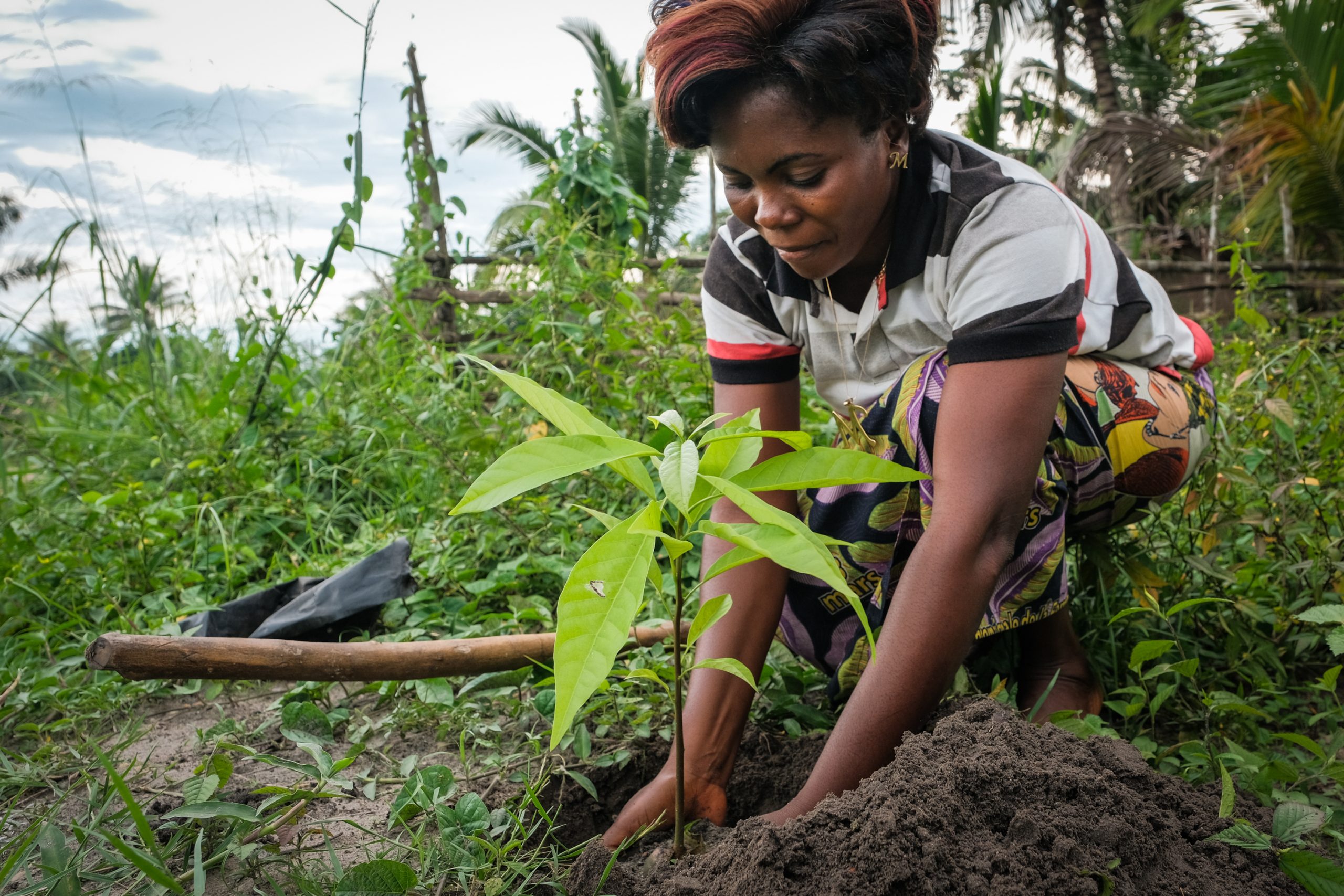
Business case for undertaking this intervention
- Association with increased access to finance can strengthen a company’s bond with more sustainable producers, thus improving the company’s access to deforestation/conversion-free supply.
- Increasing smallholders’ access to finance will help them provide consistent or enhanced levels of high-quality supply.
- Conditioning finance on sustainability performance links smallholders’ livelihoods with and incentivizes pursuit of positive environmental impacts.
- Georeferencing smallholder plots as part of their application to receive financing makes it easier to ensure compliance with forest protection agreements.